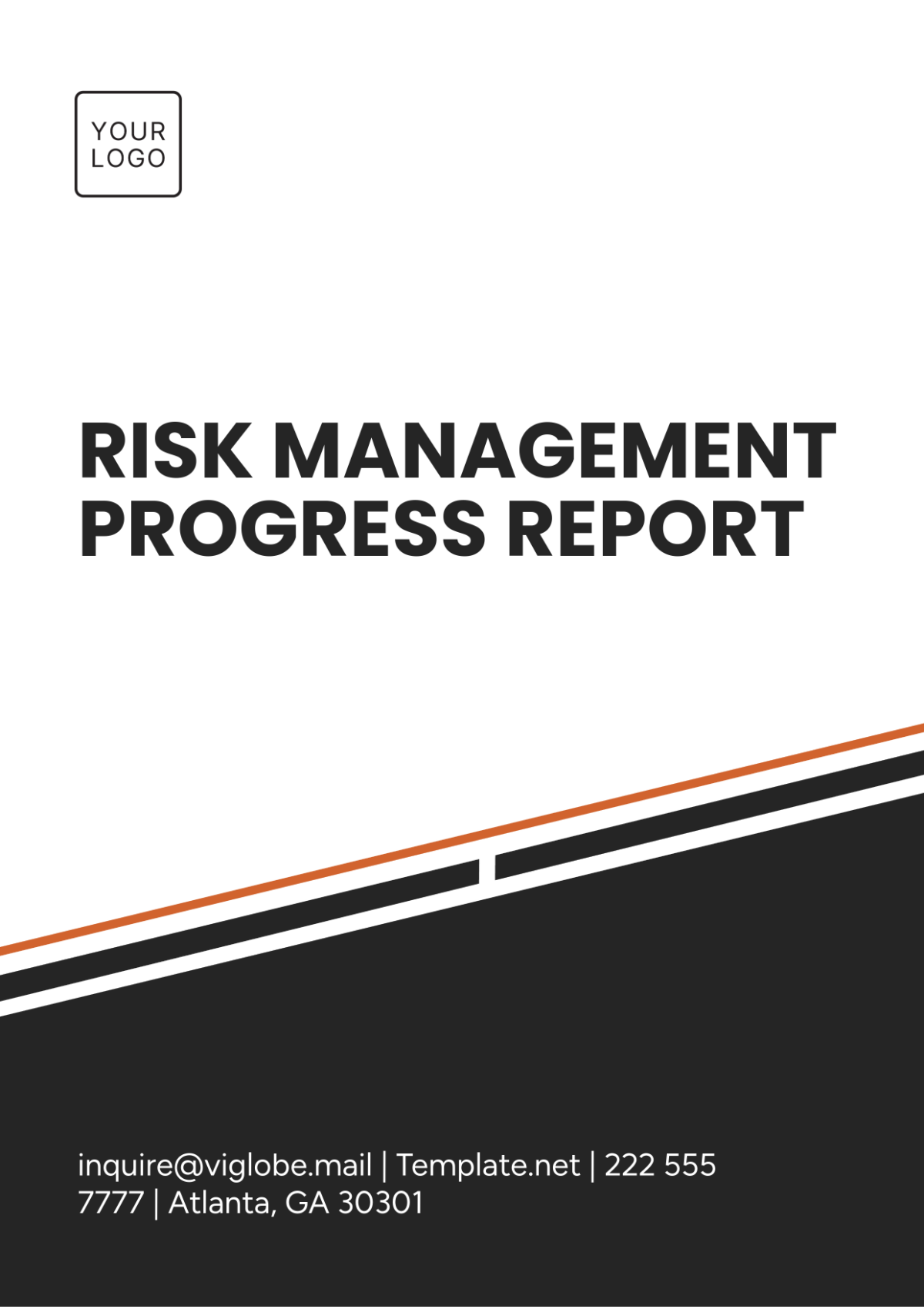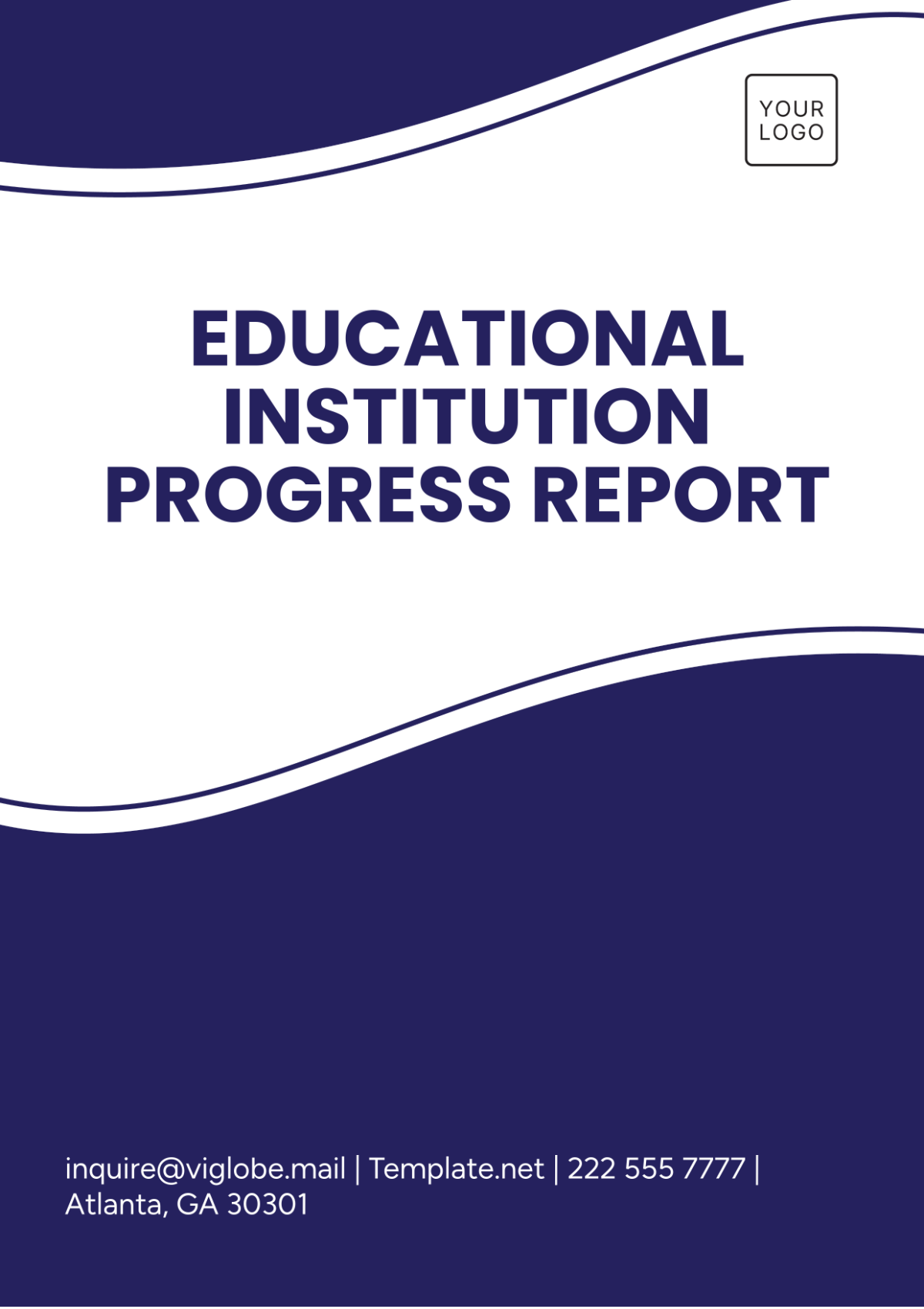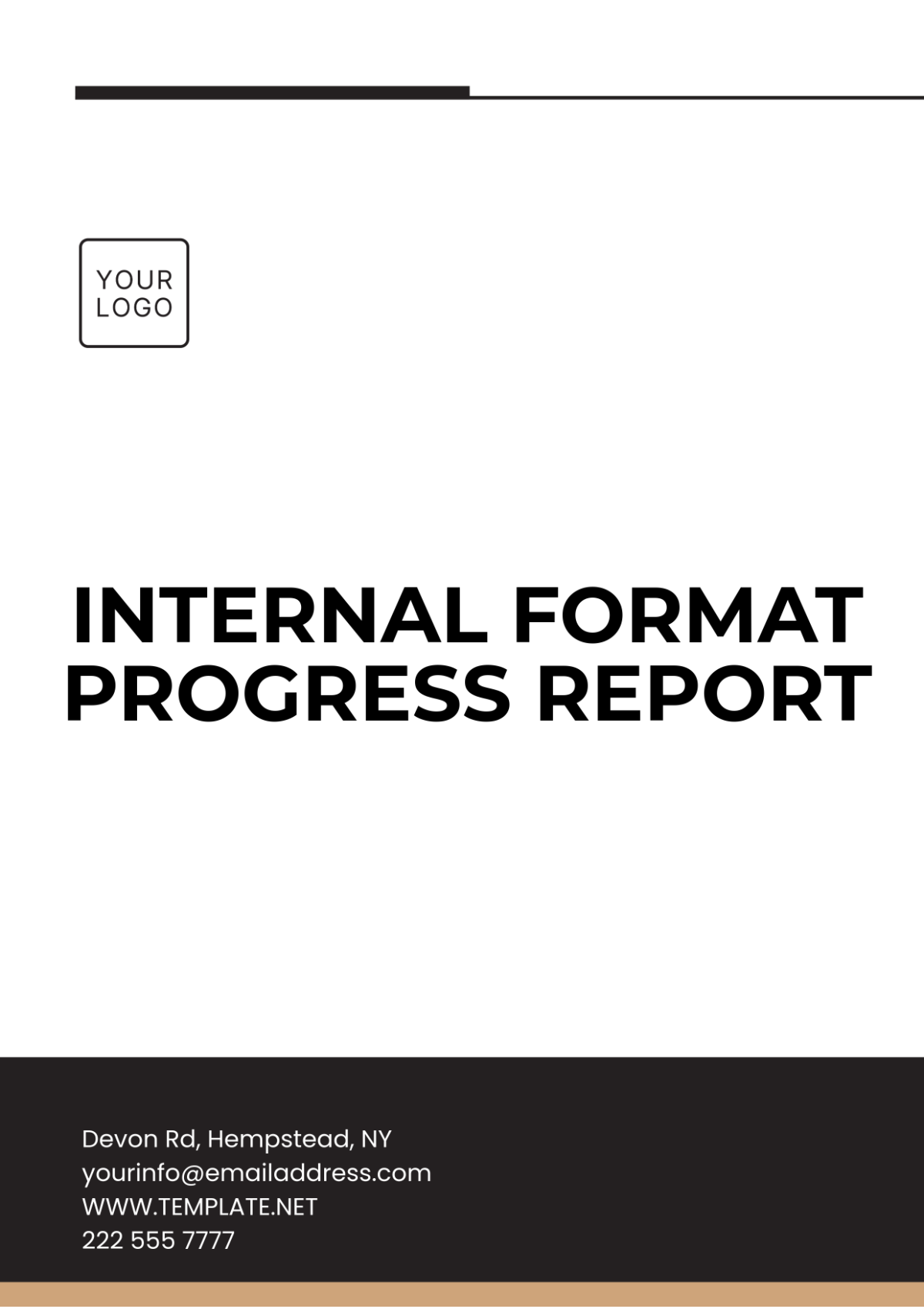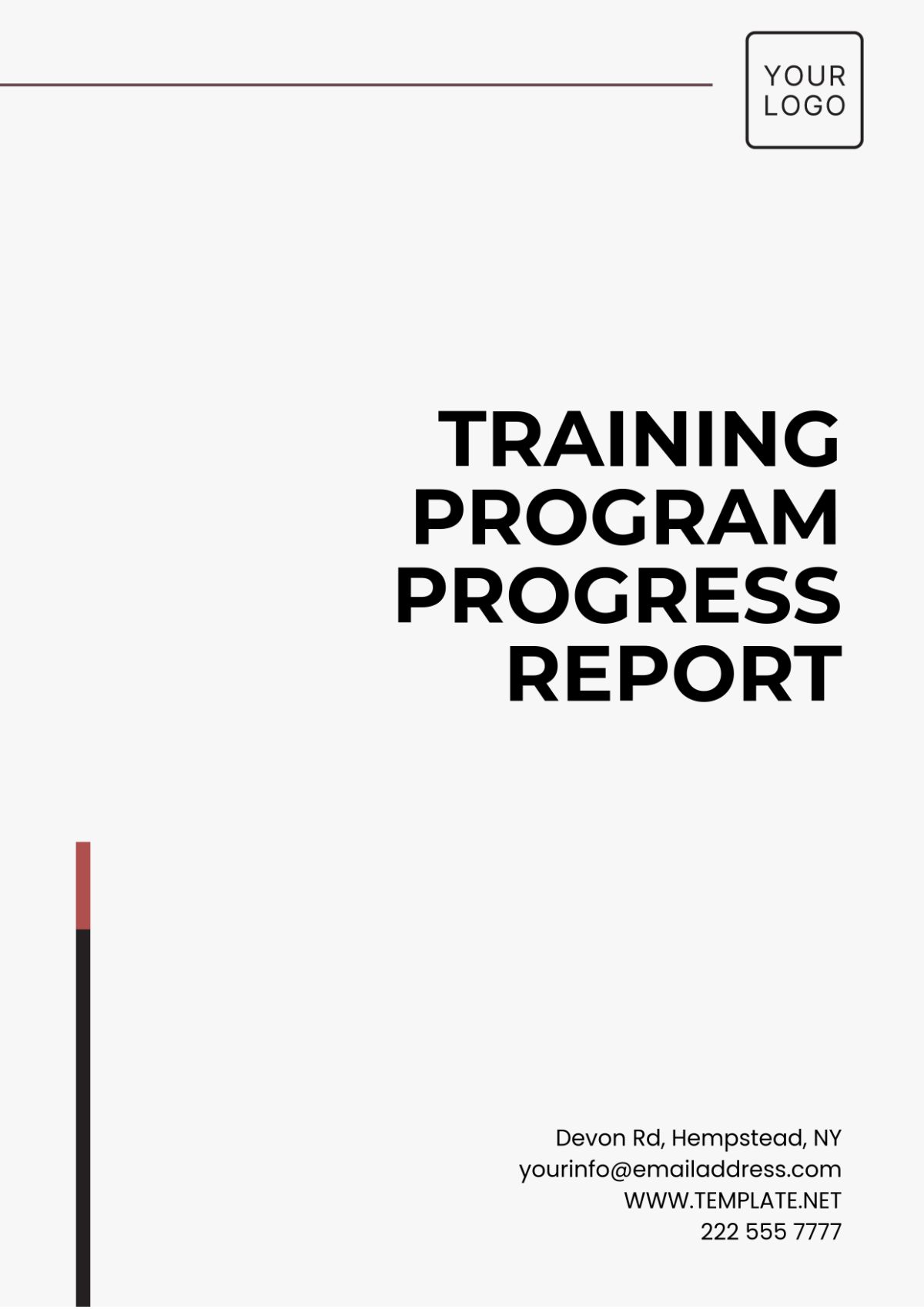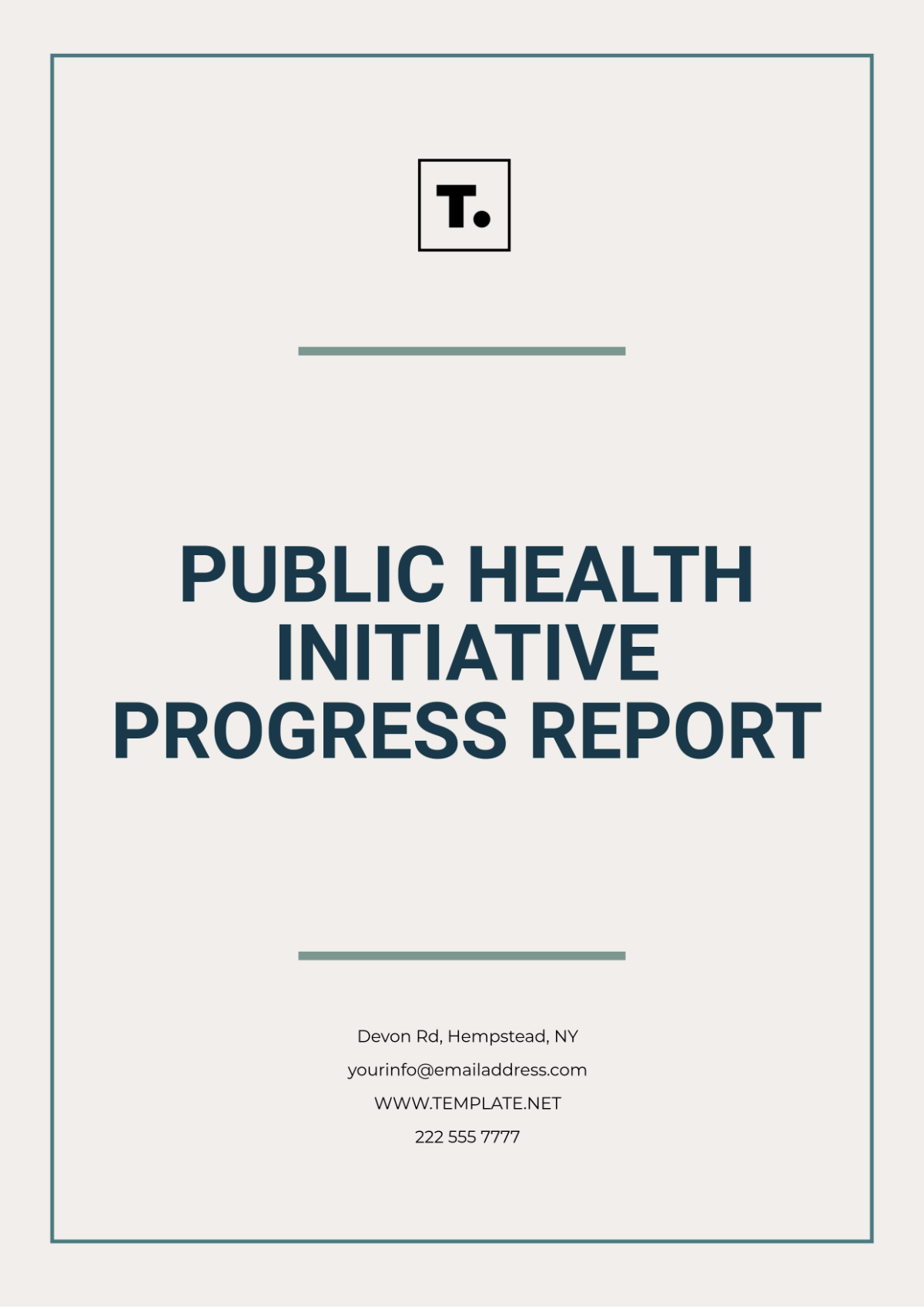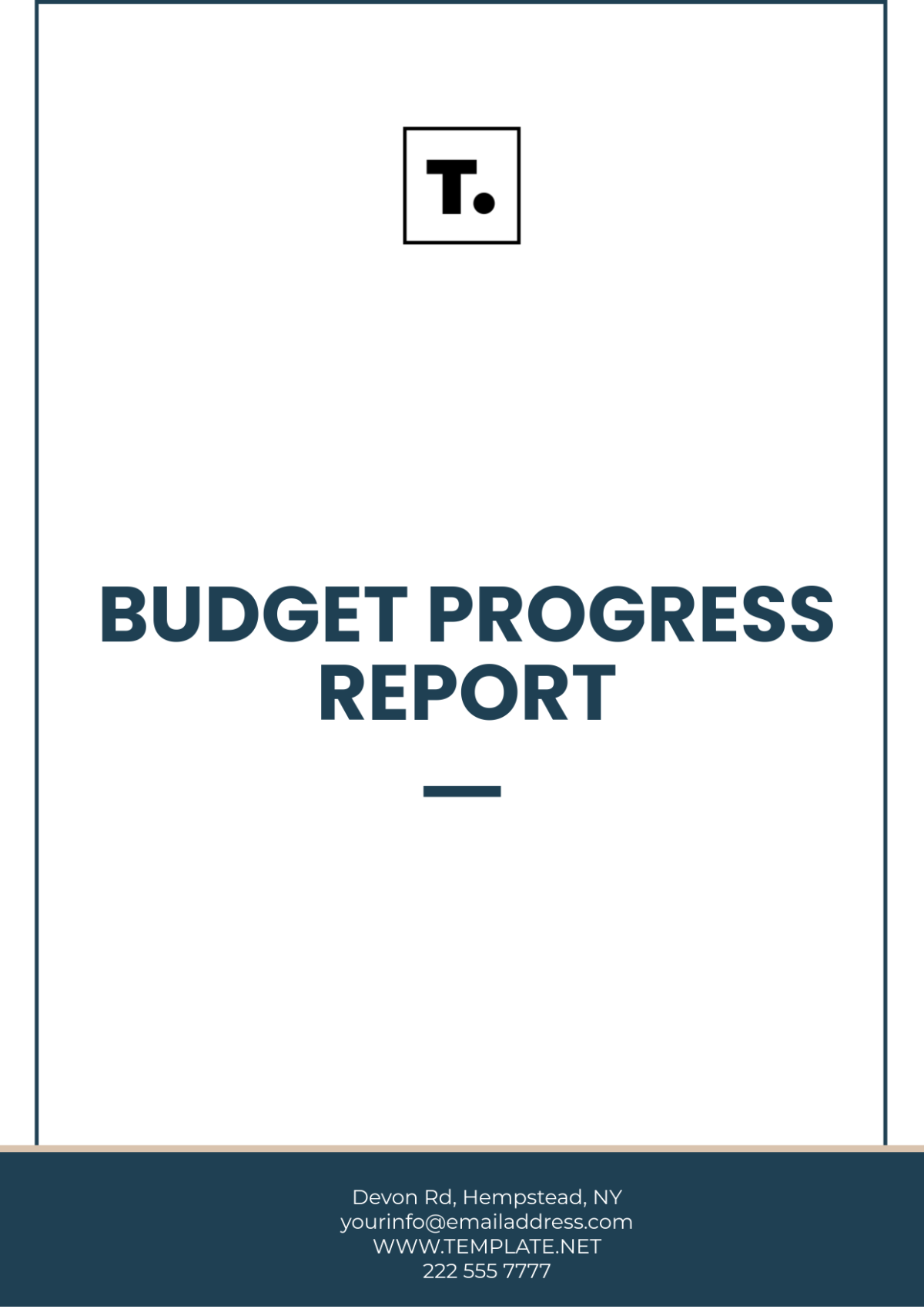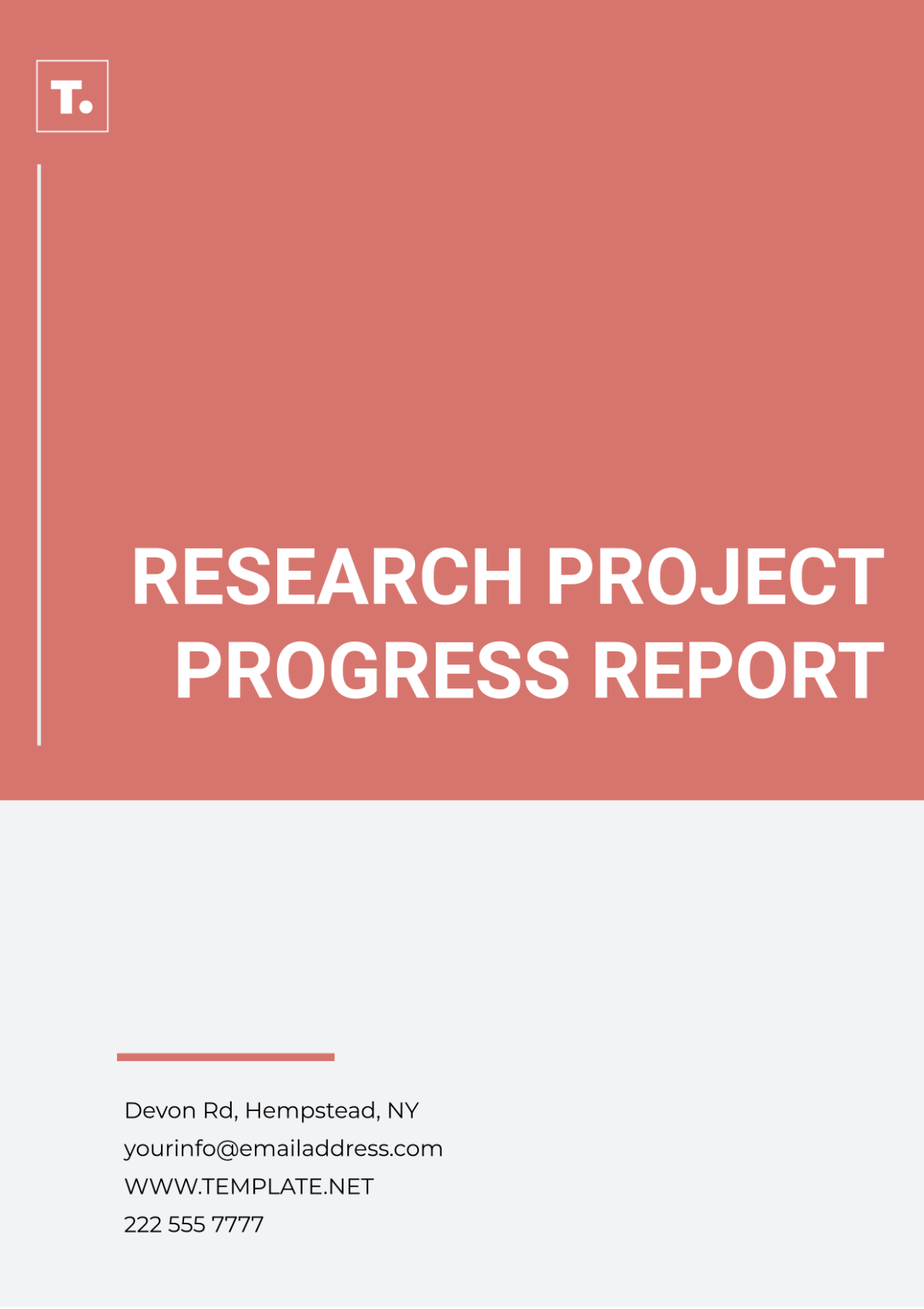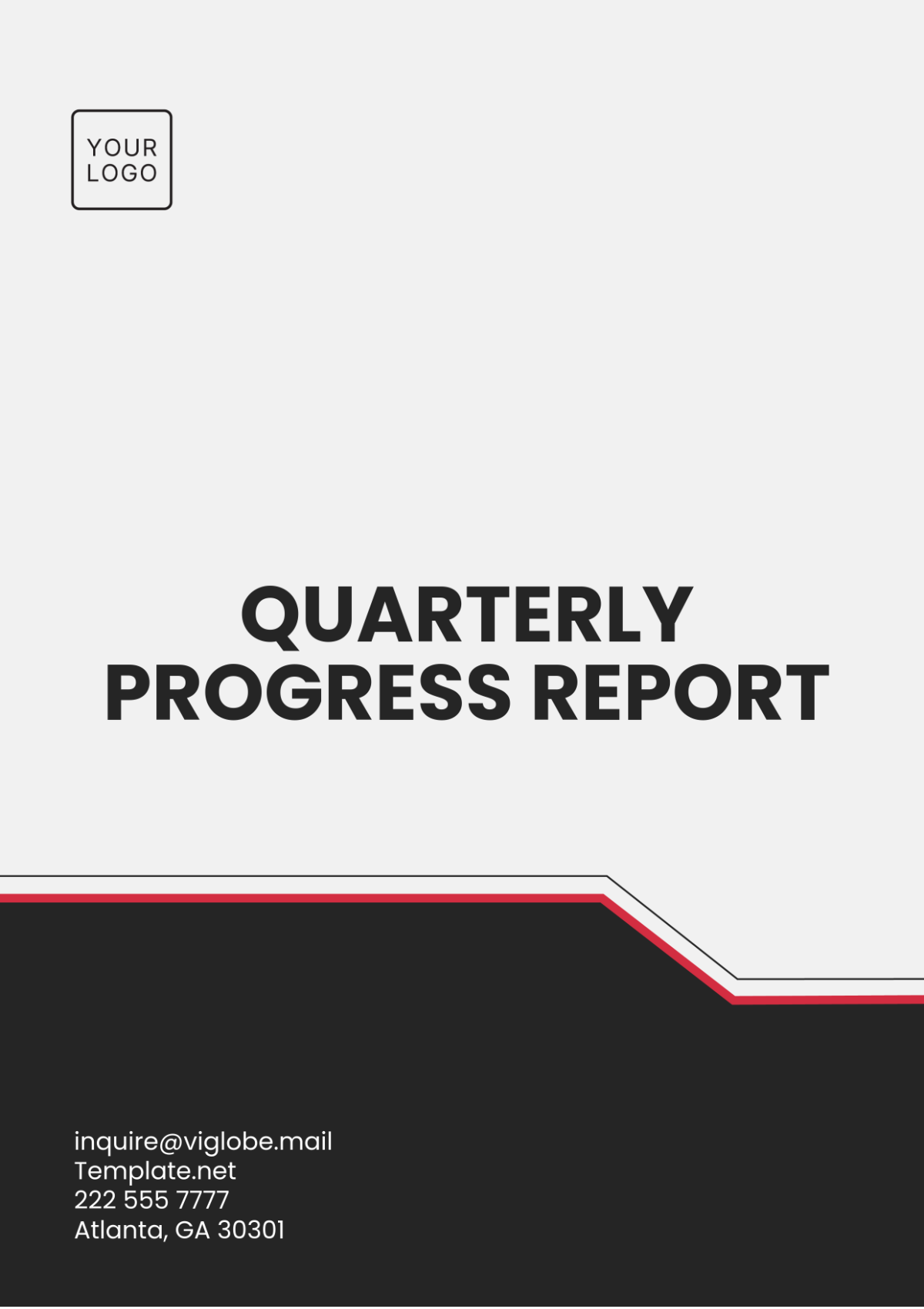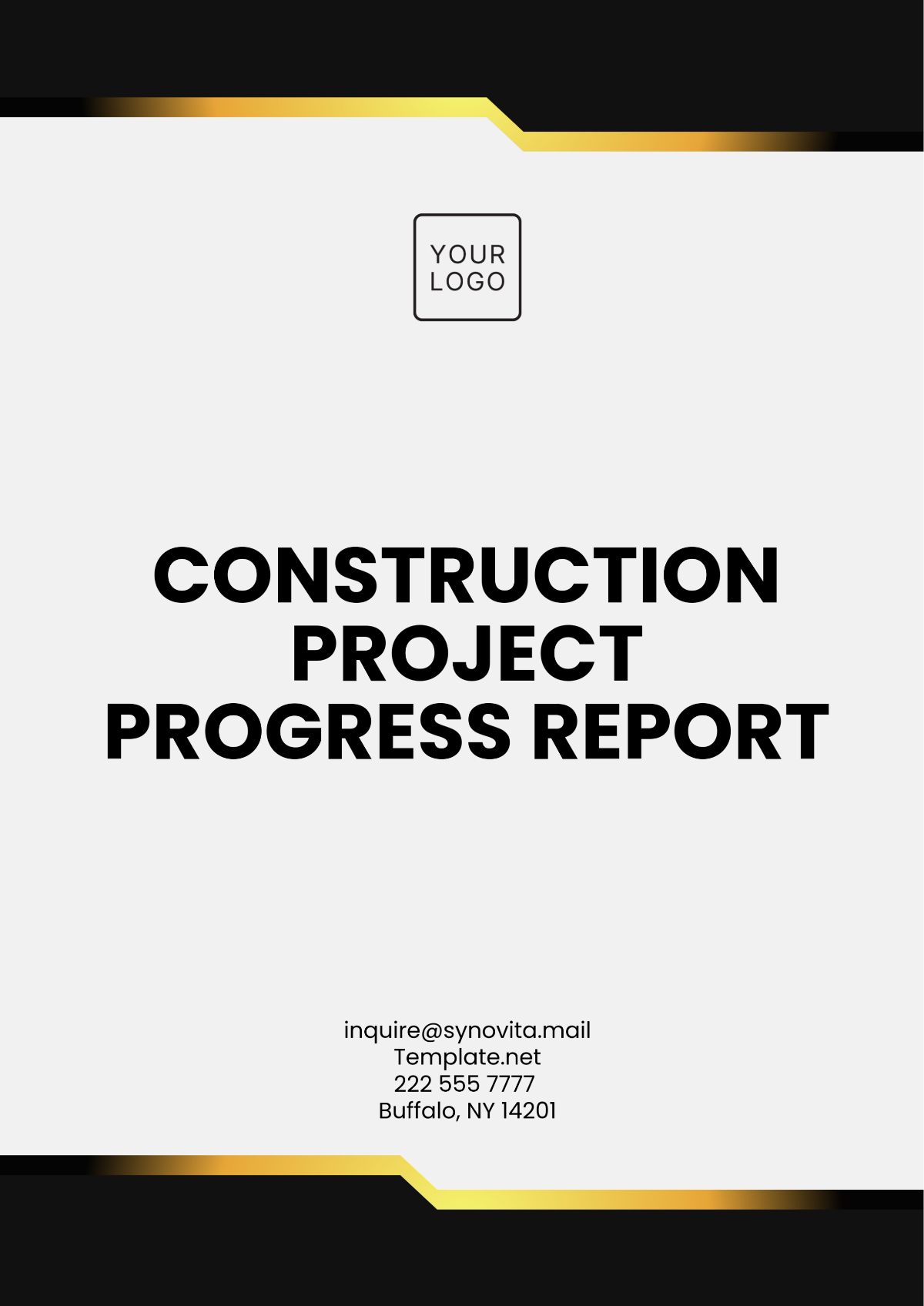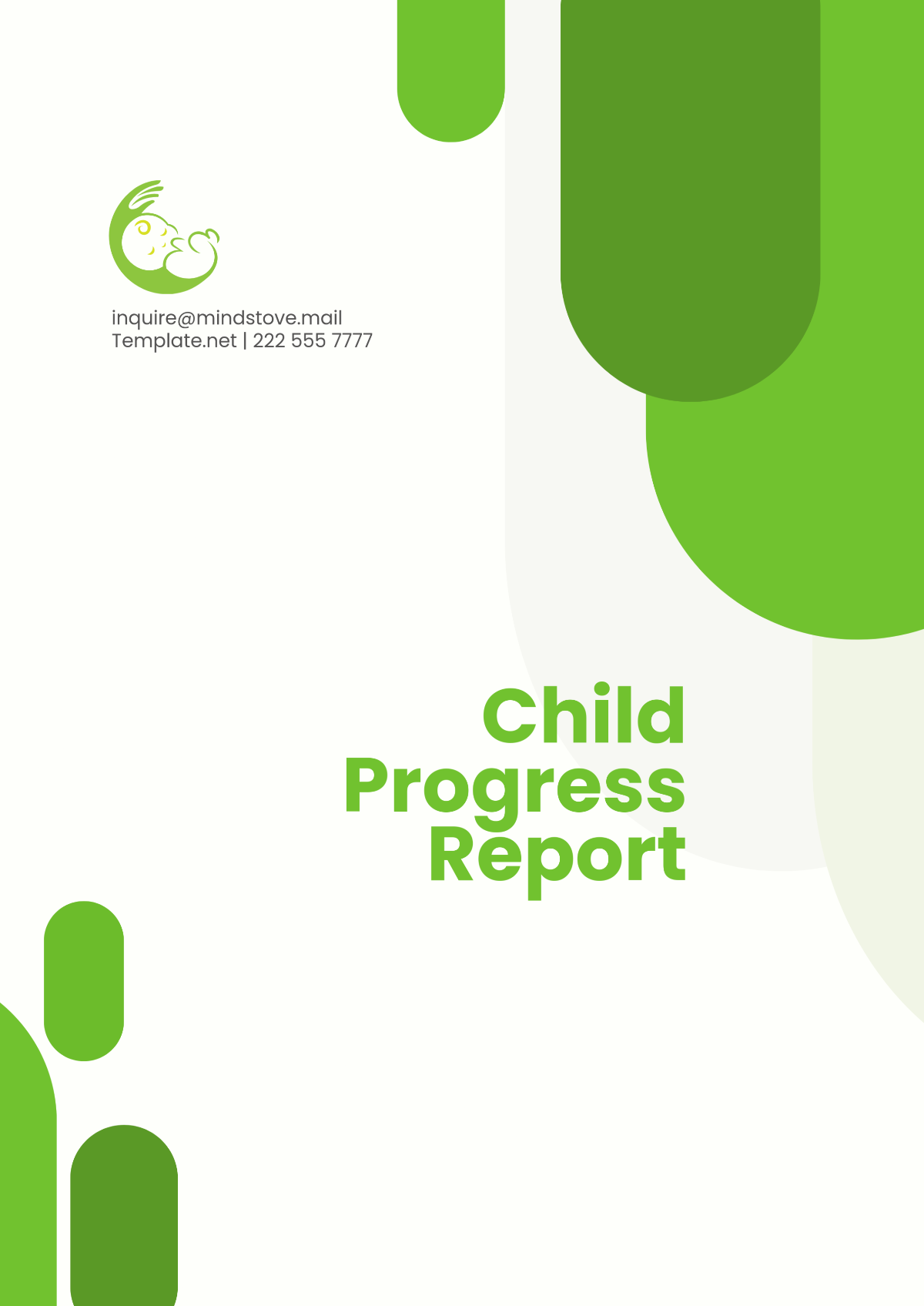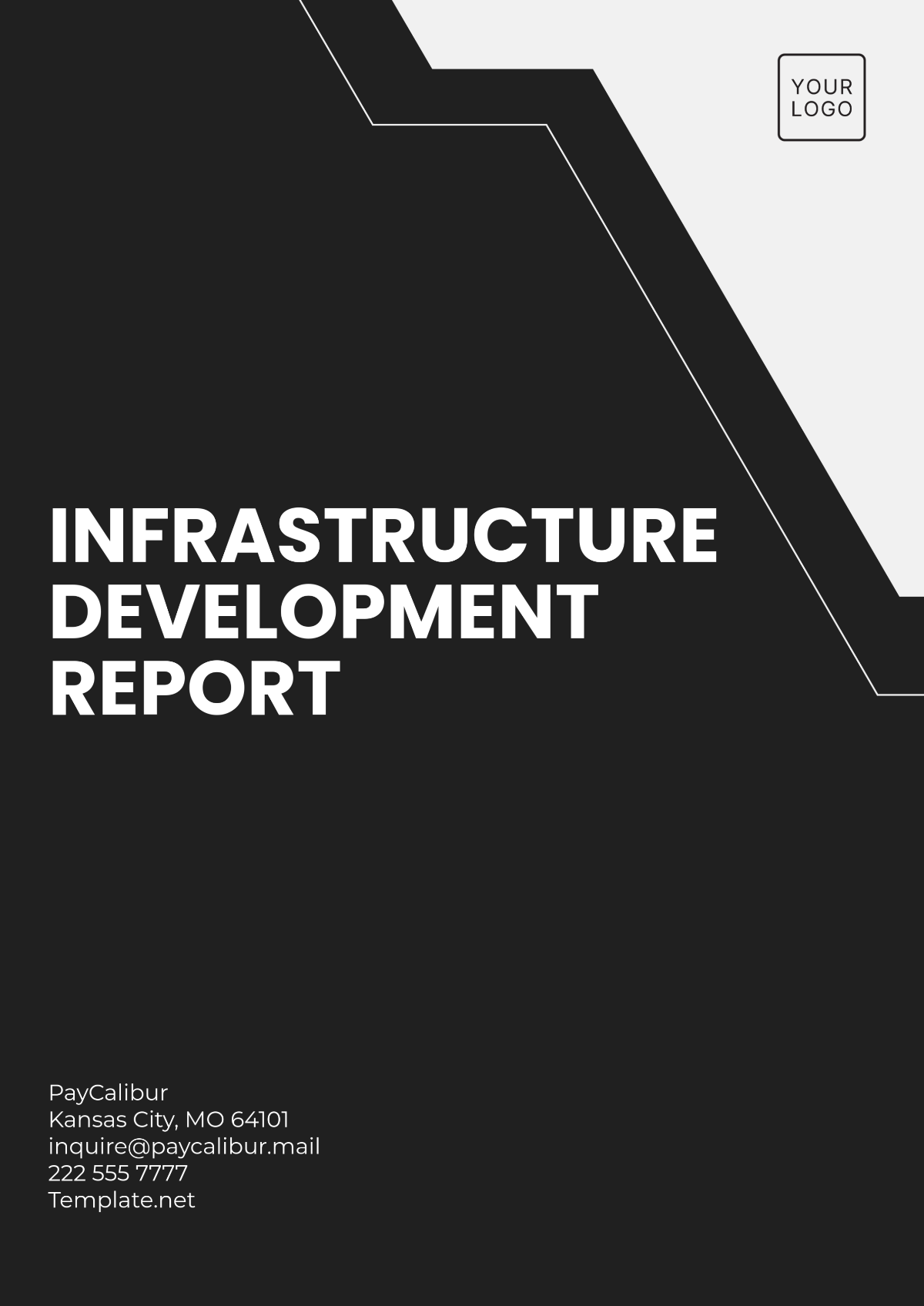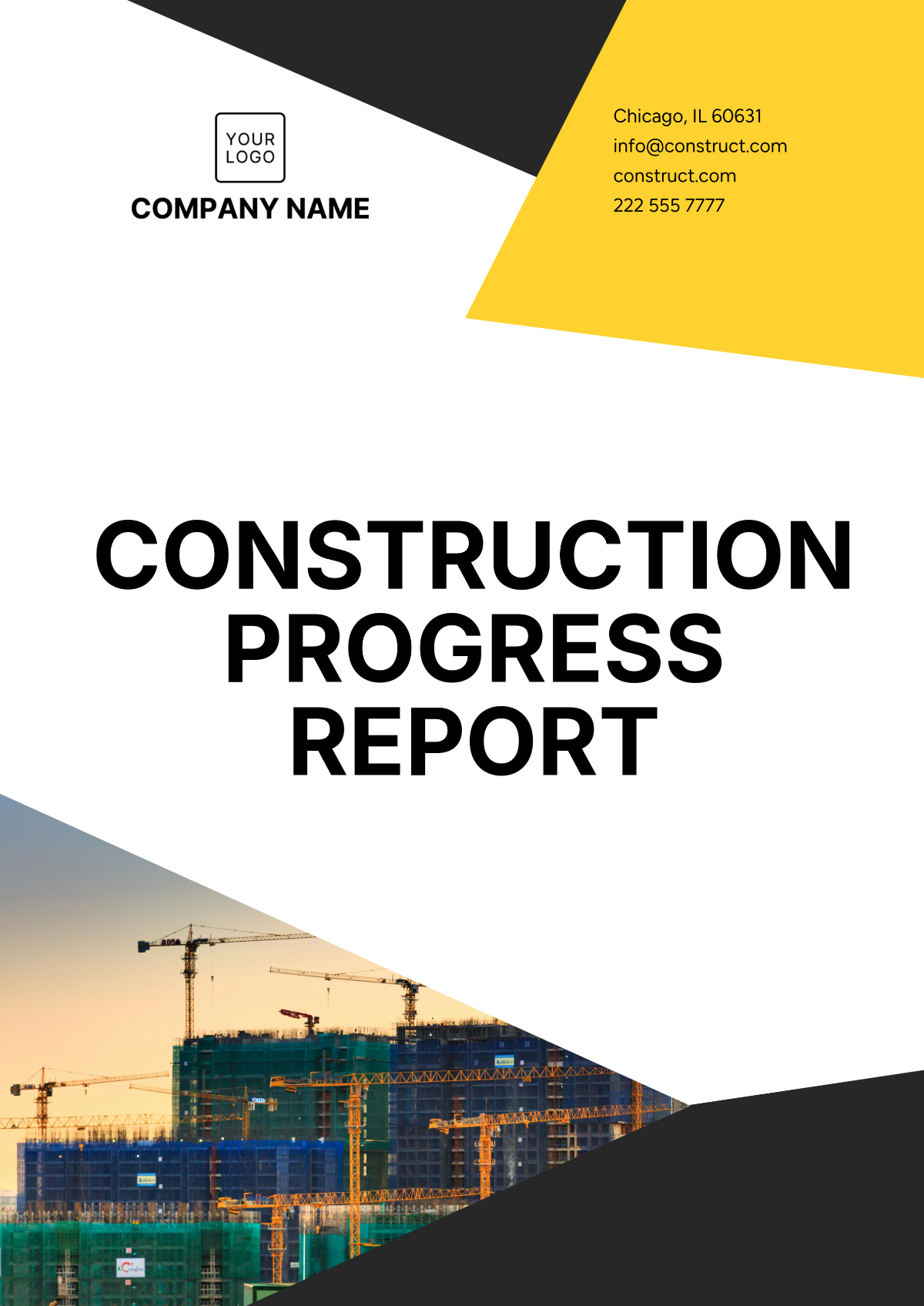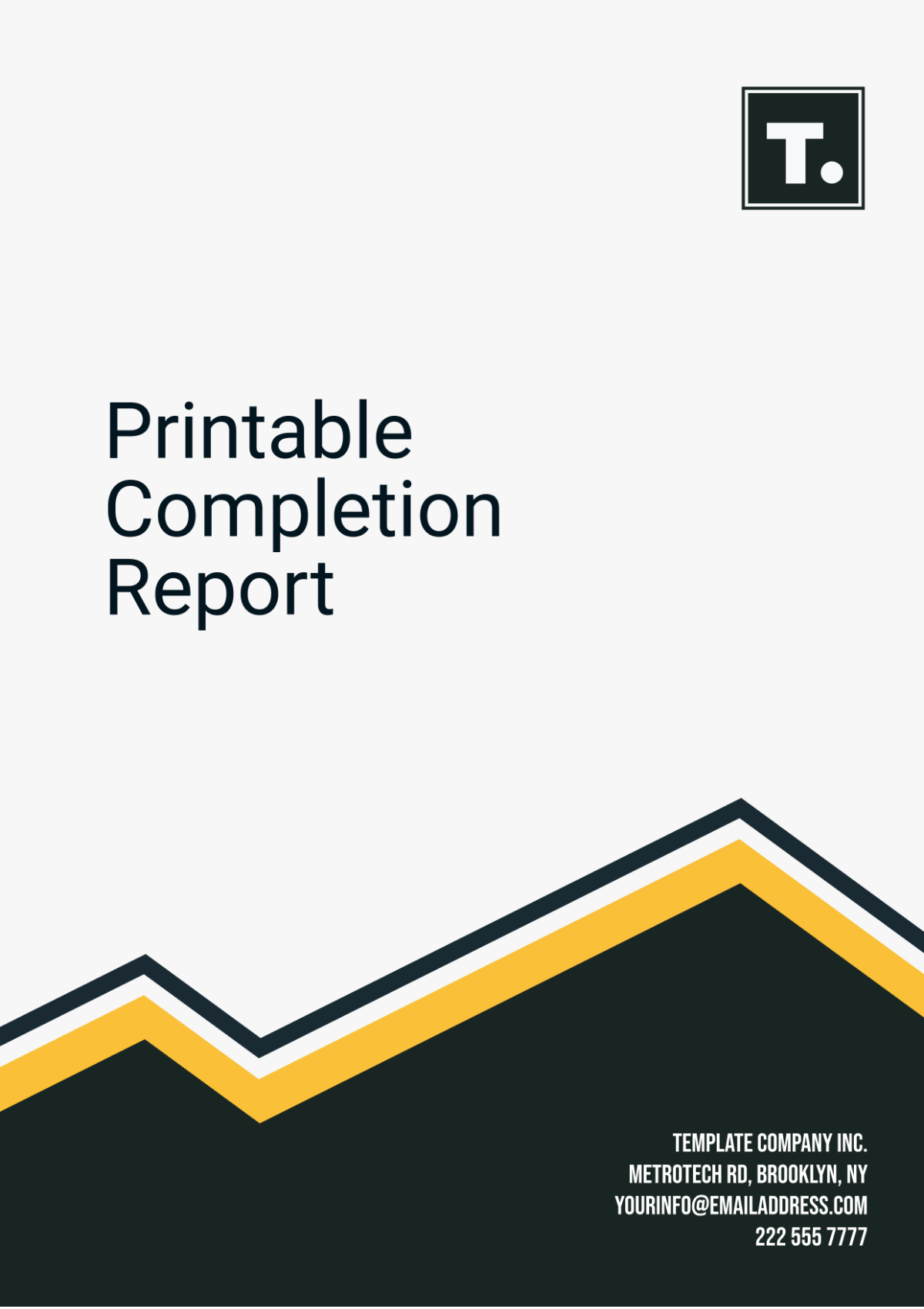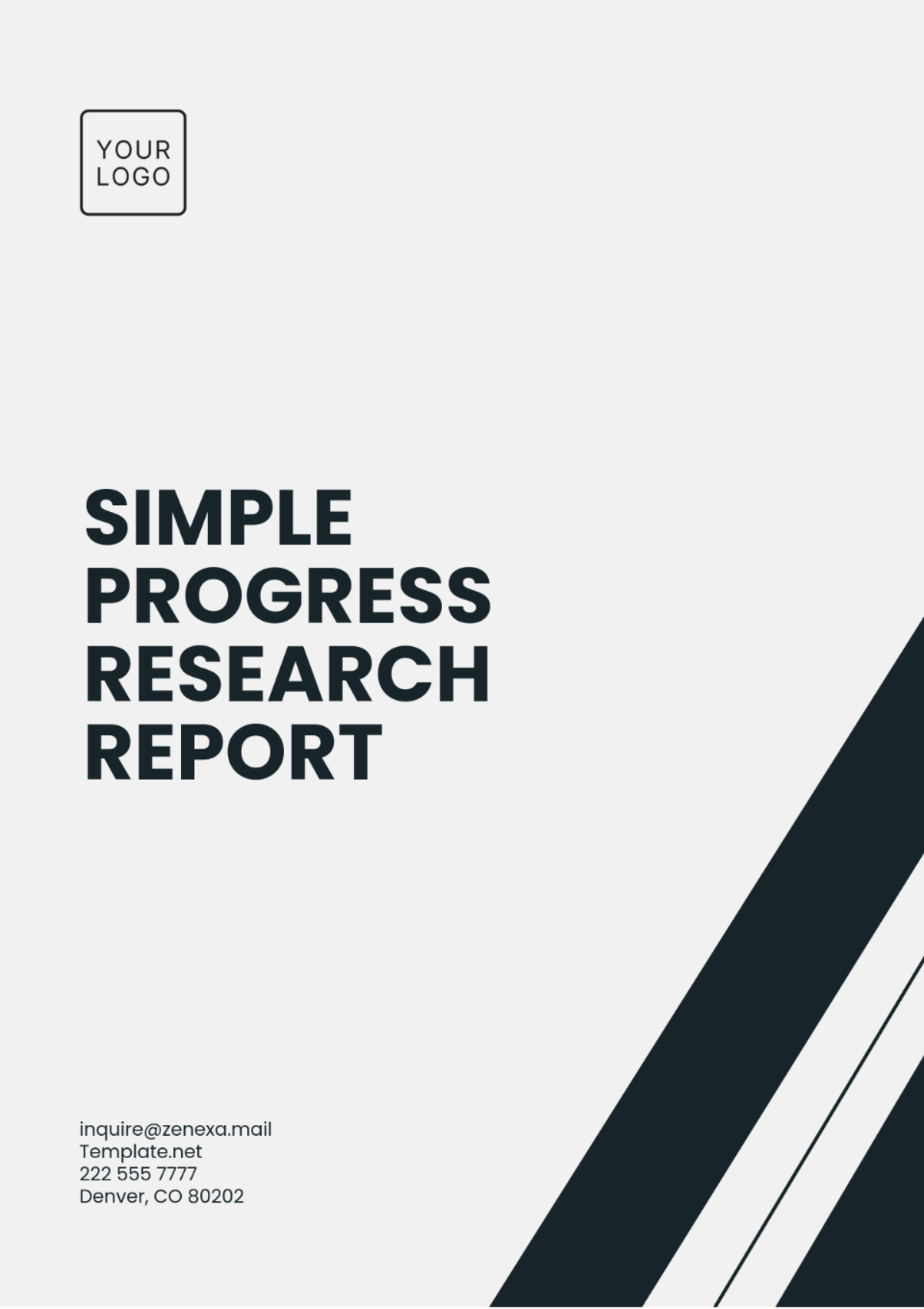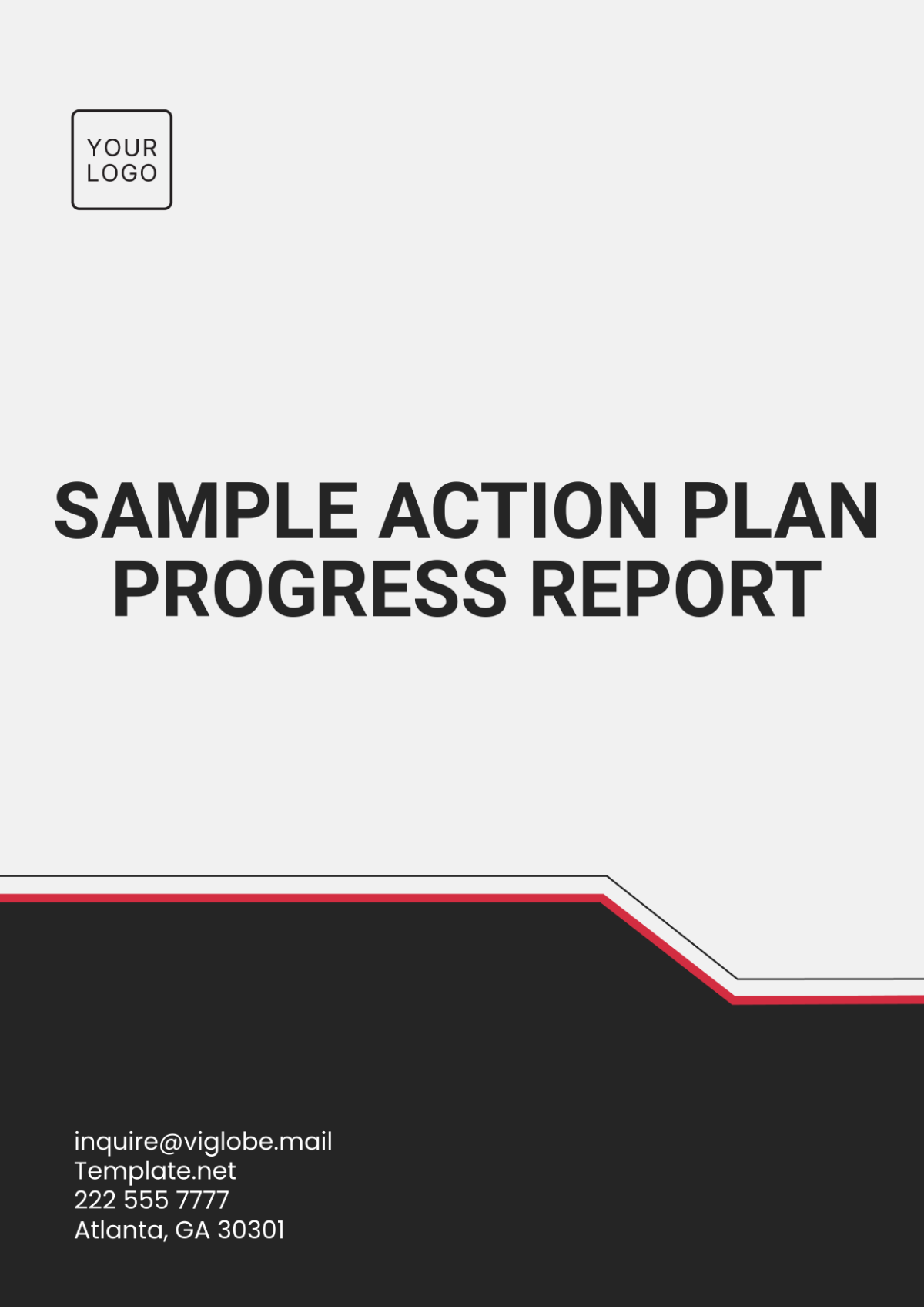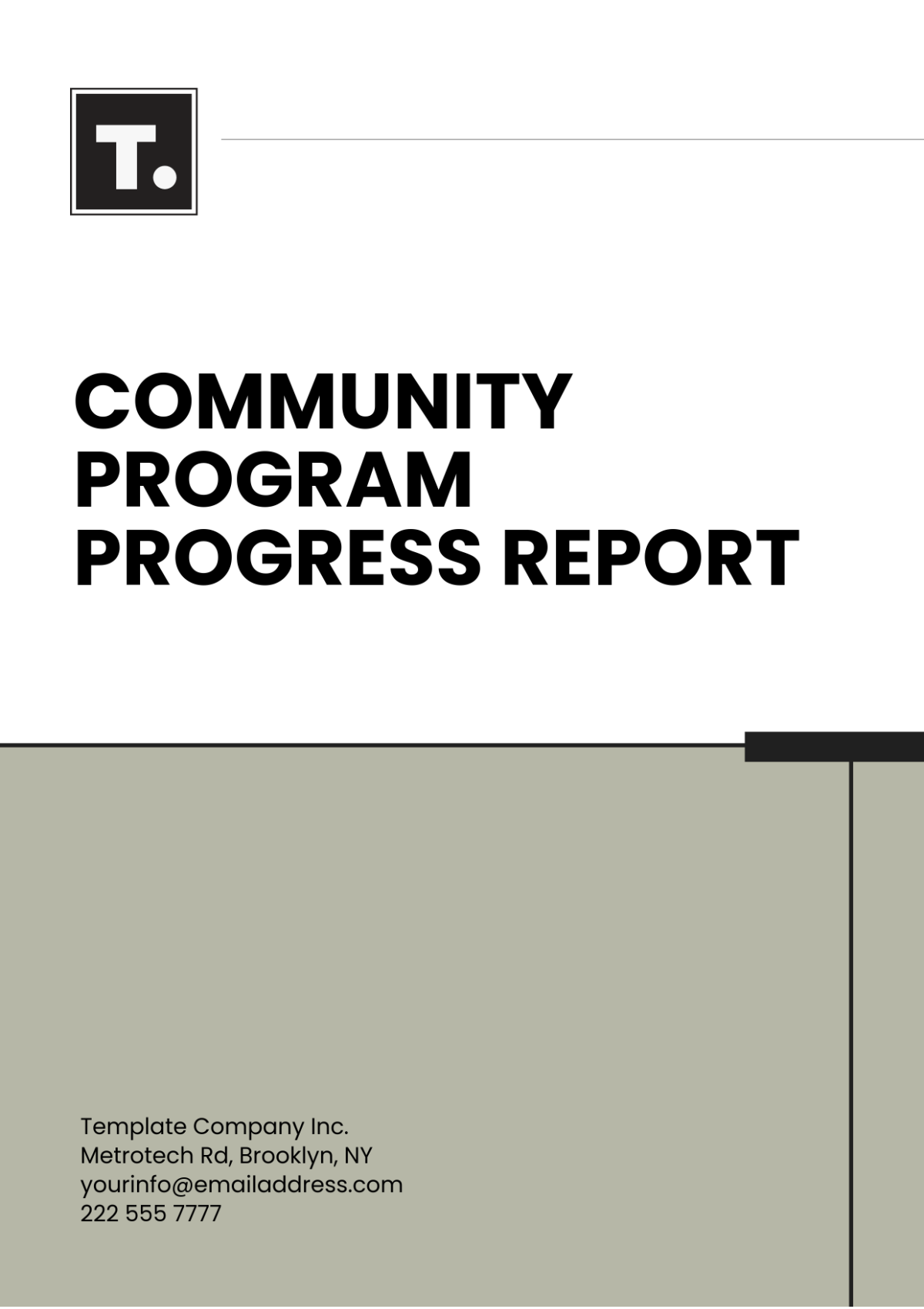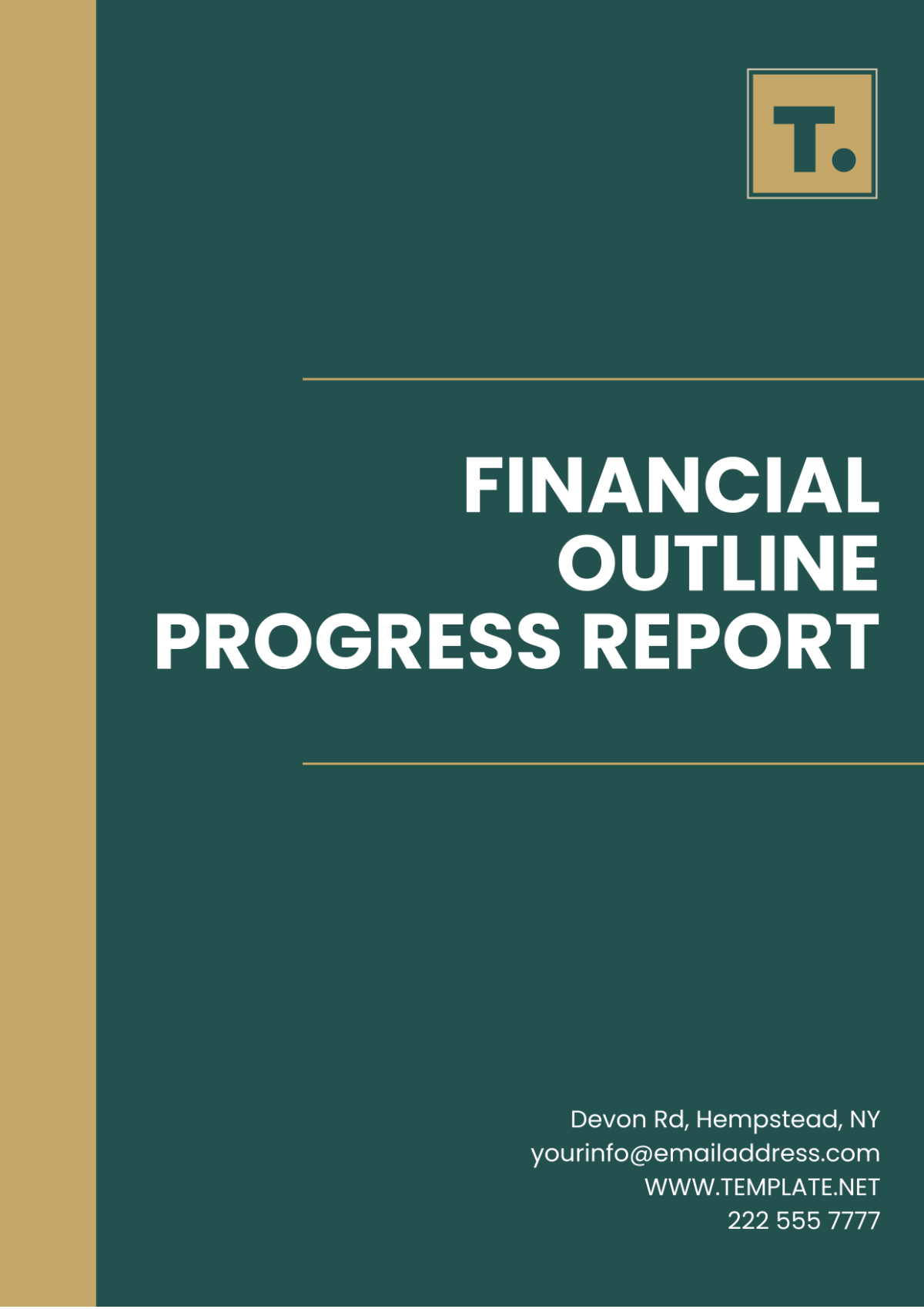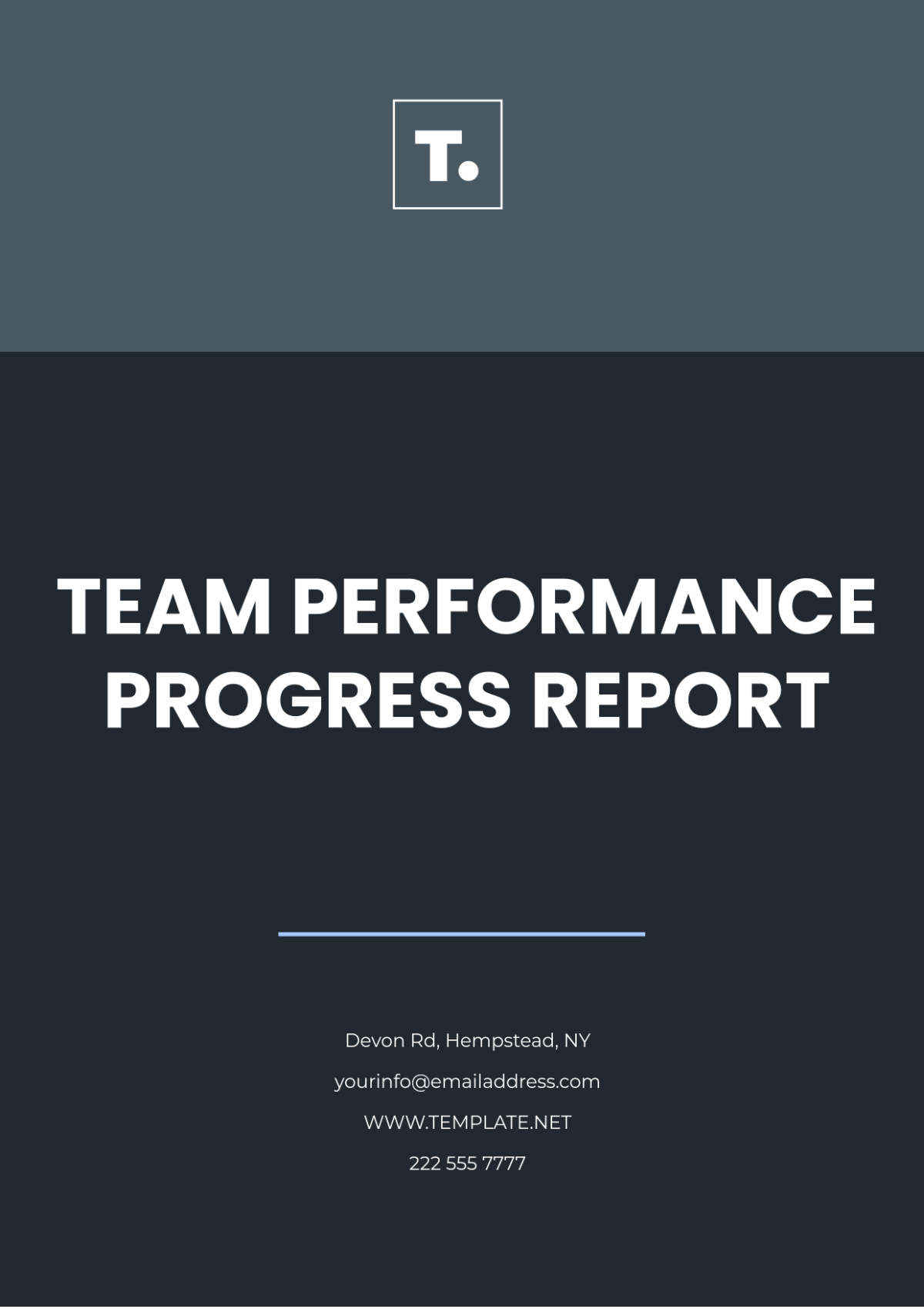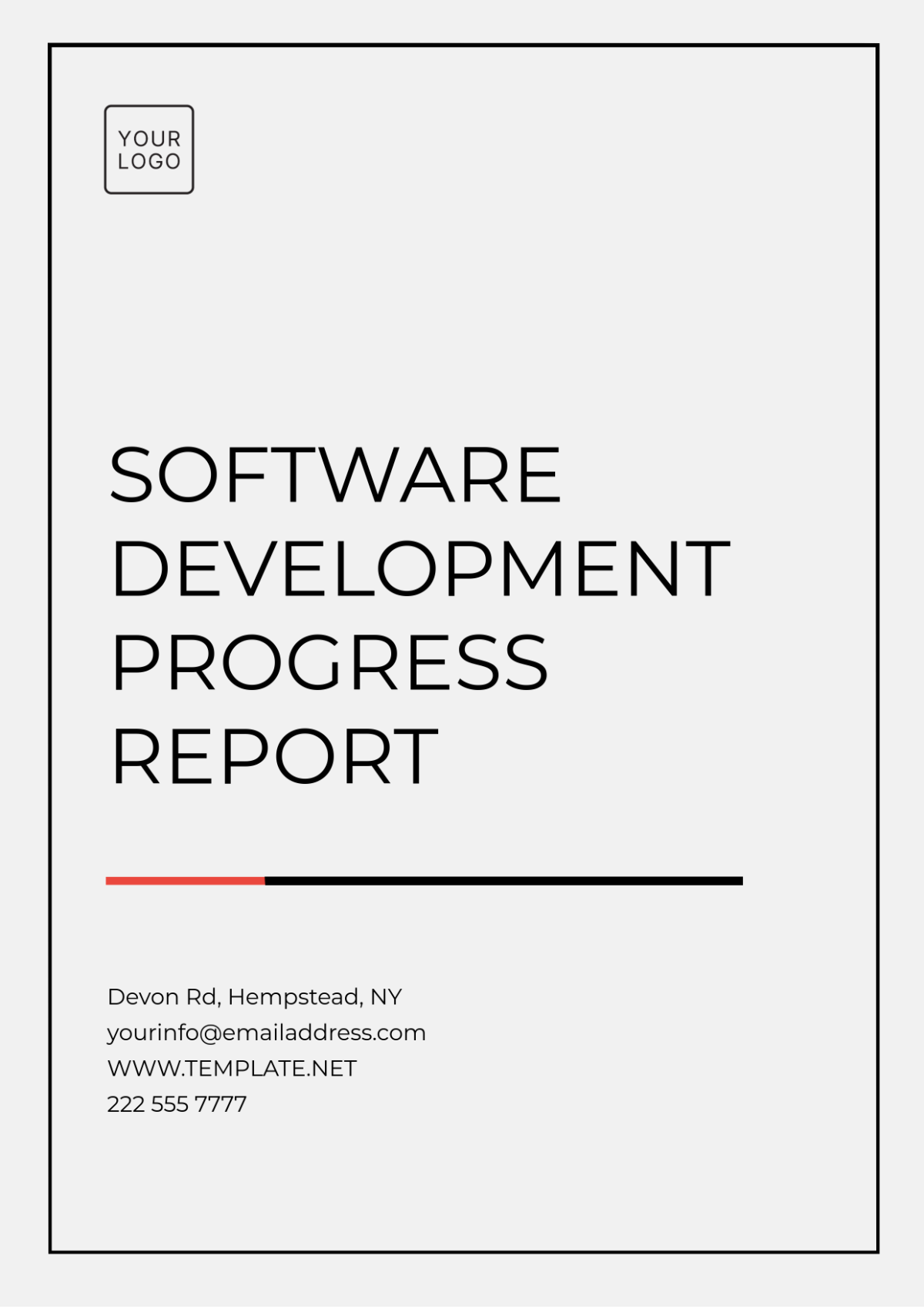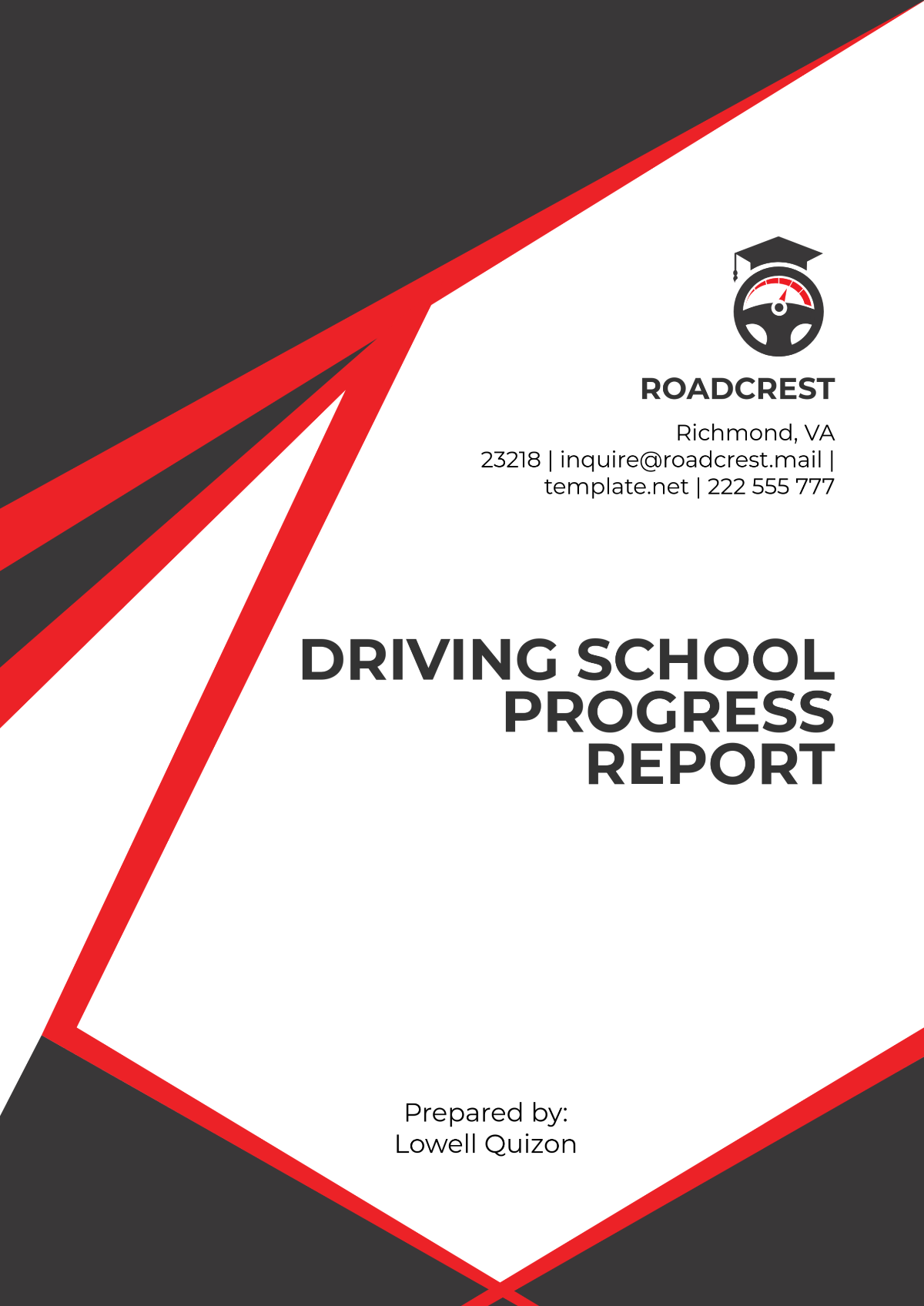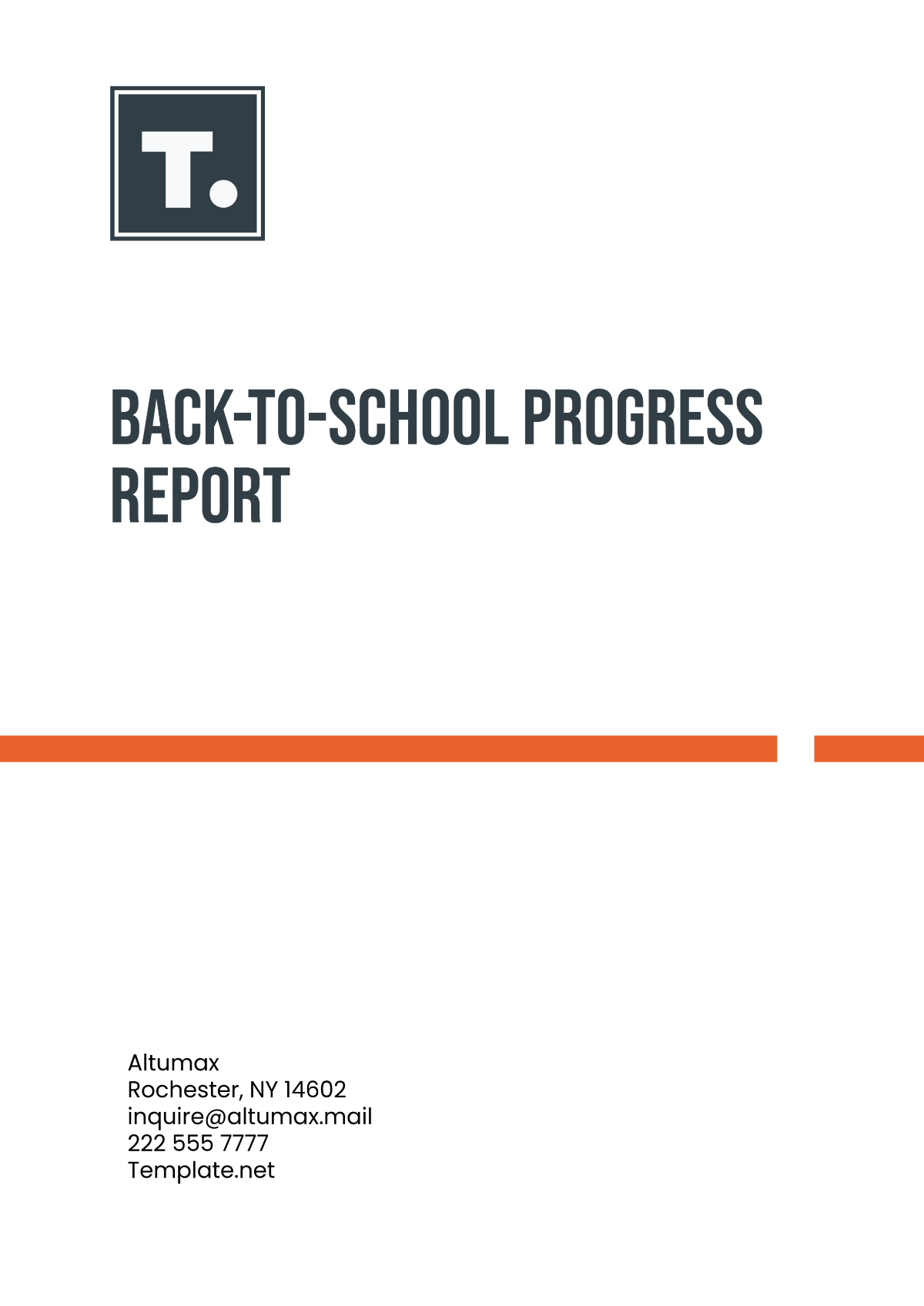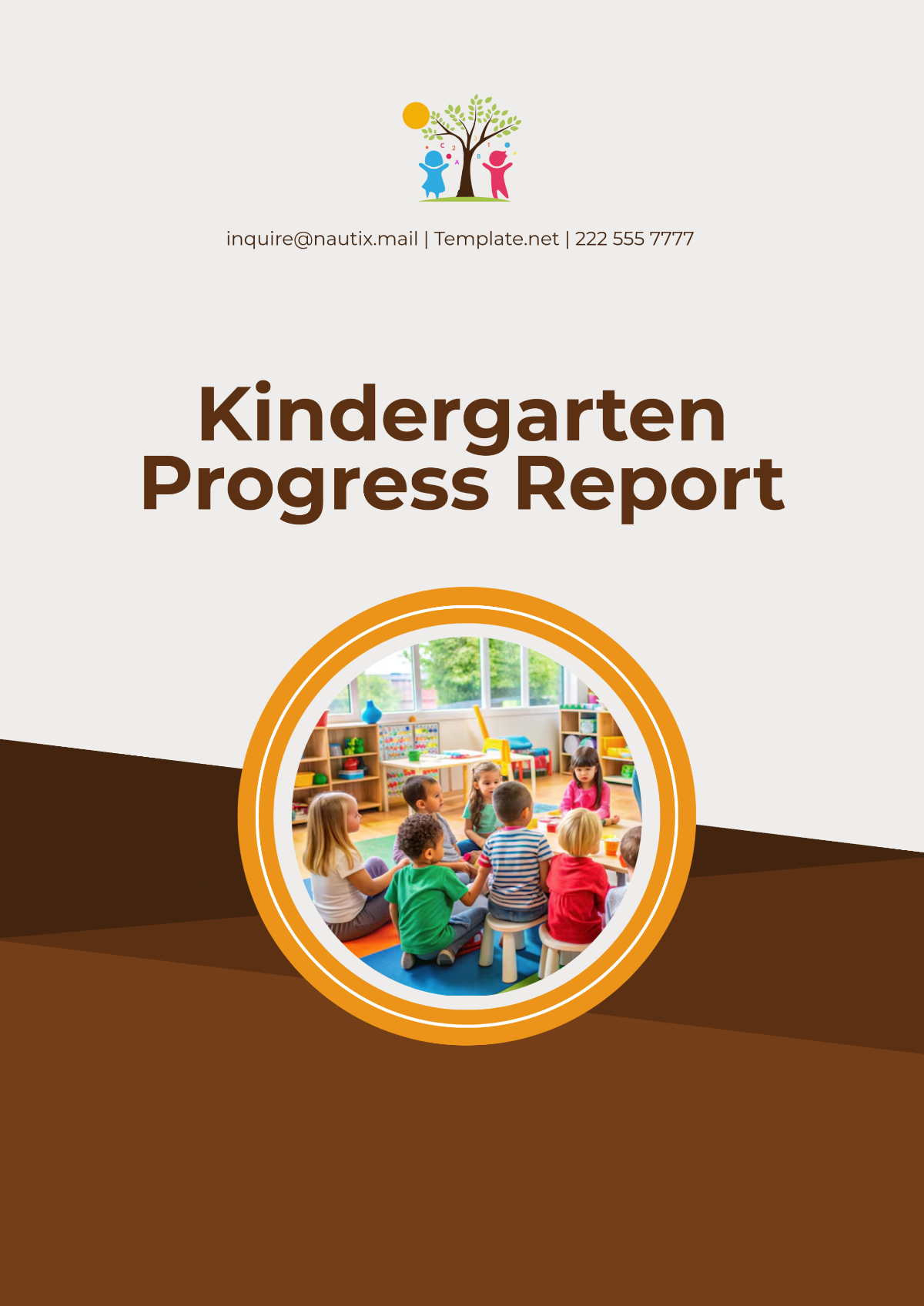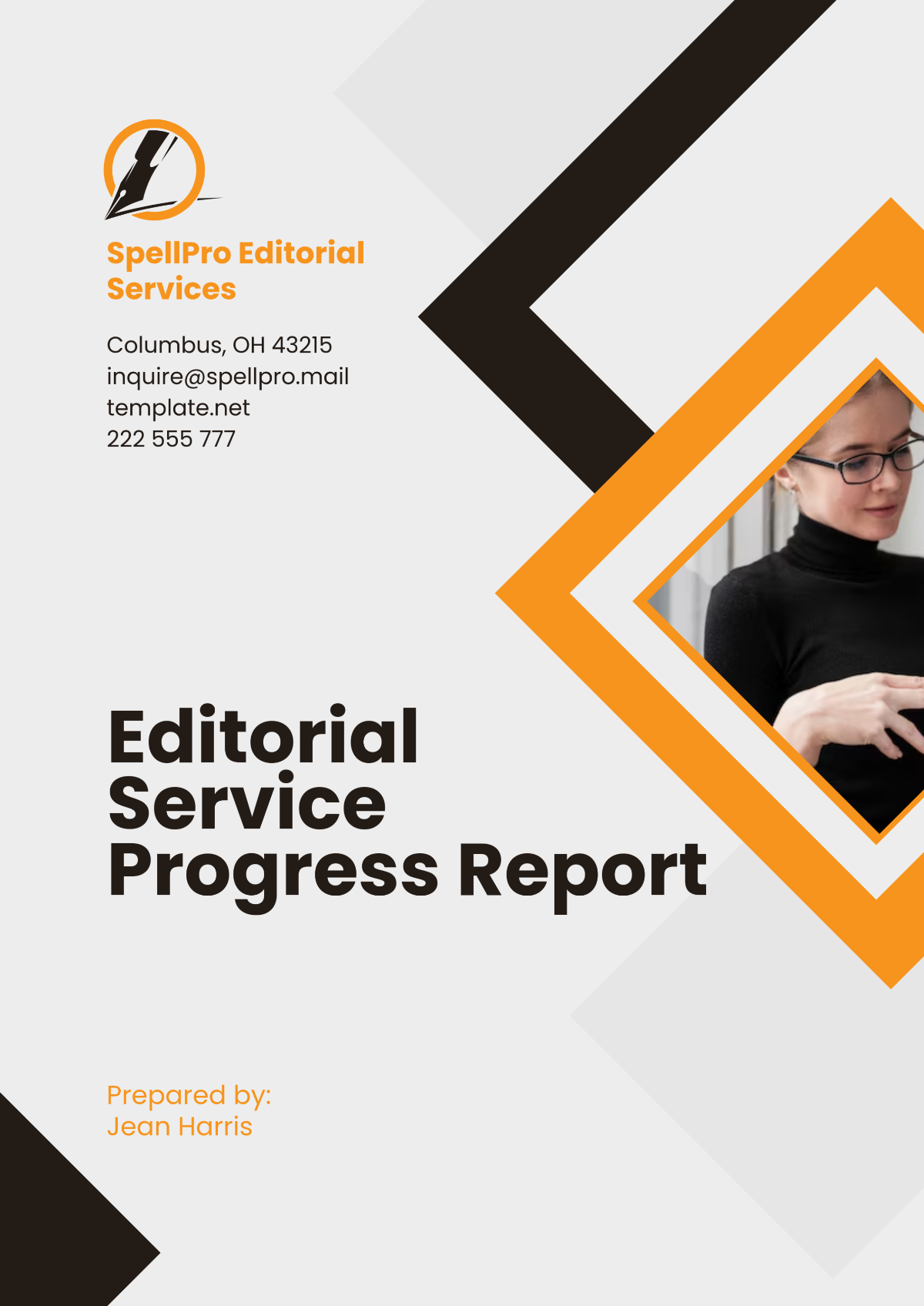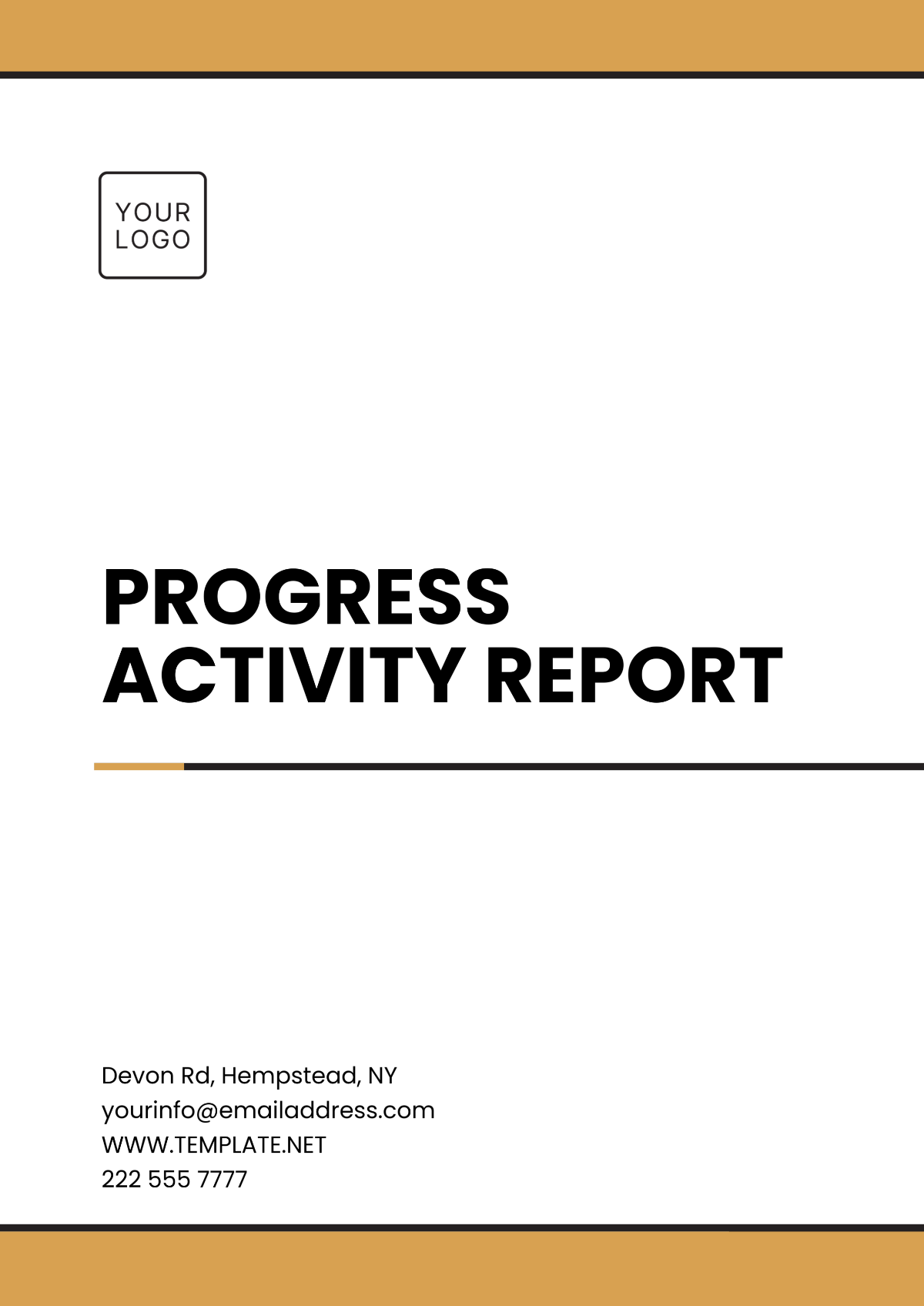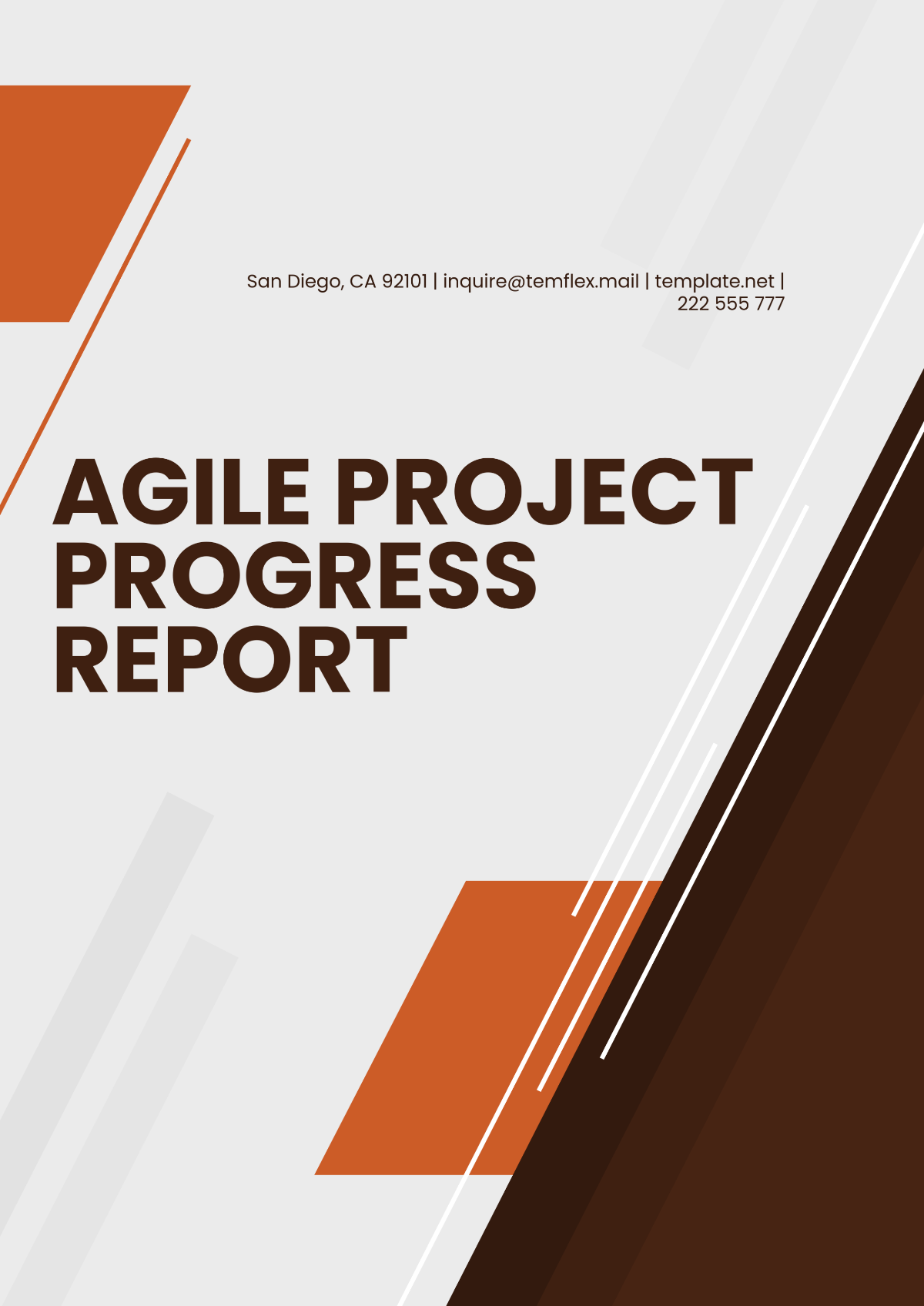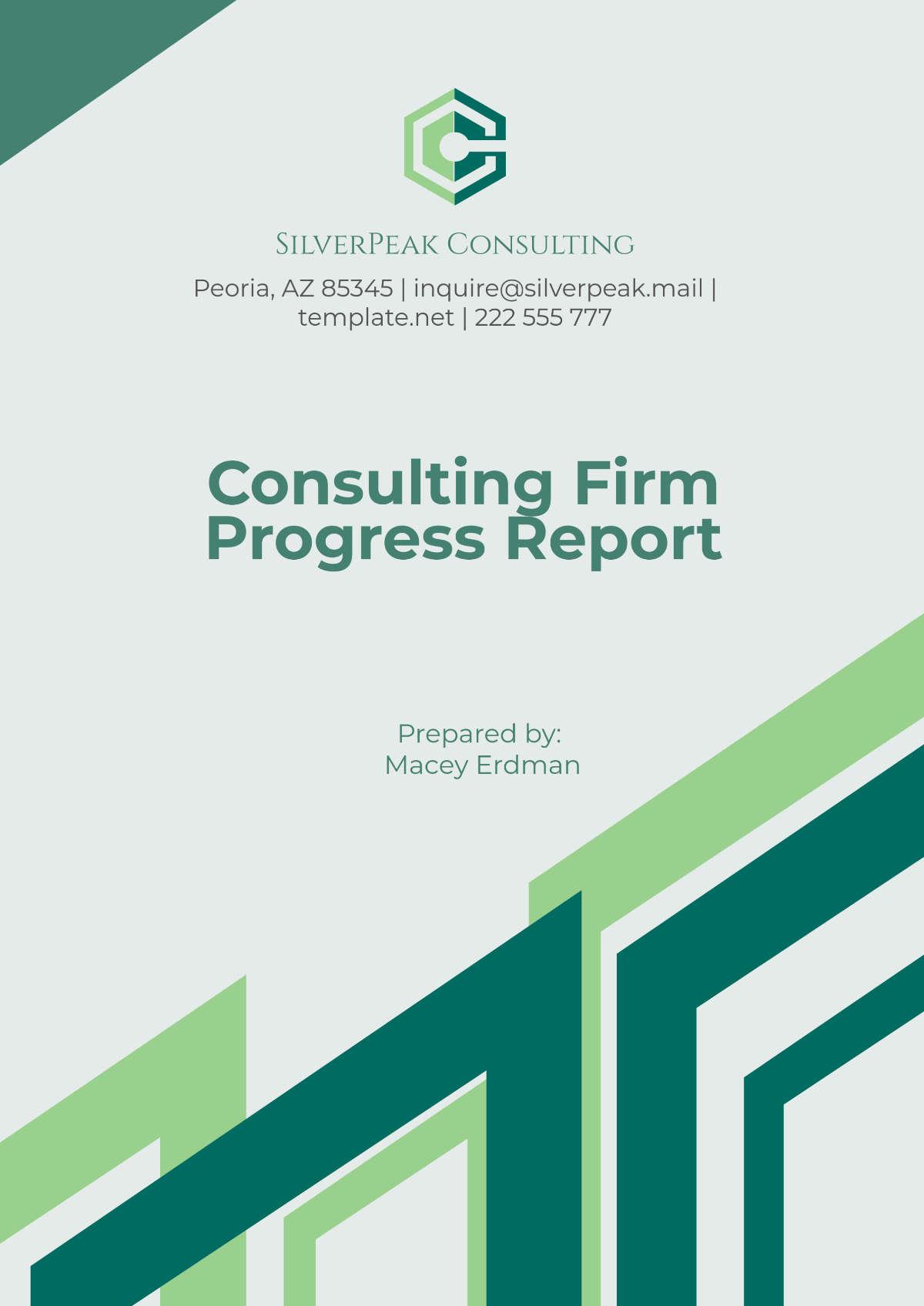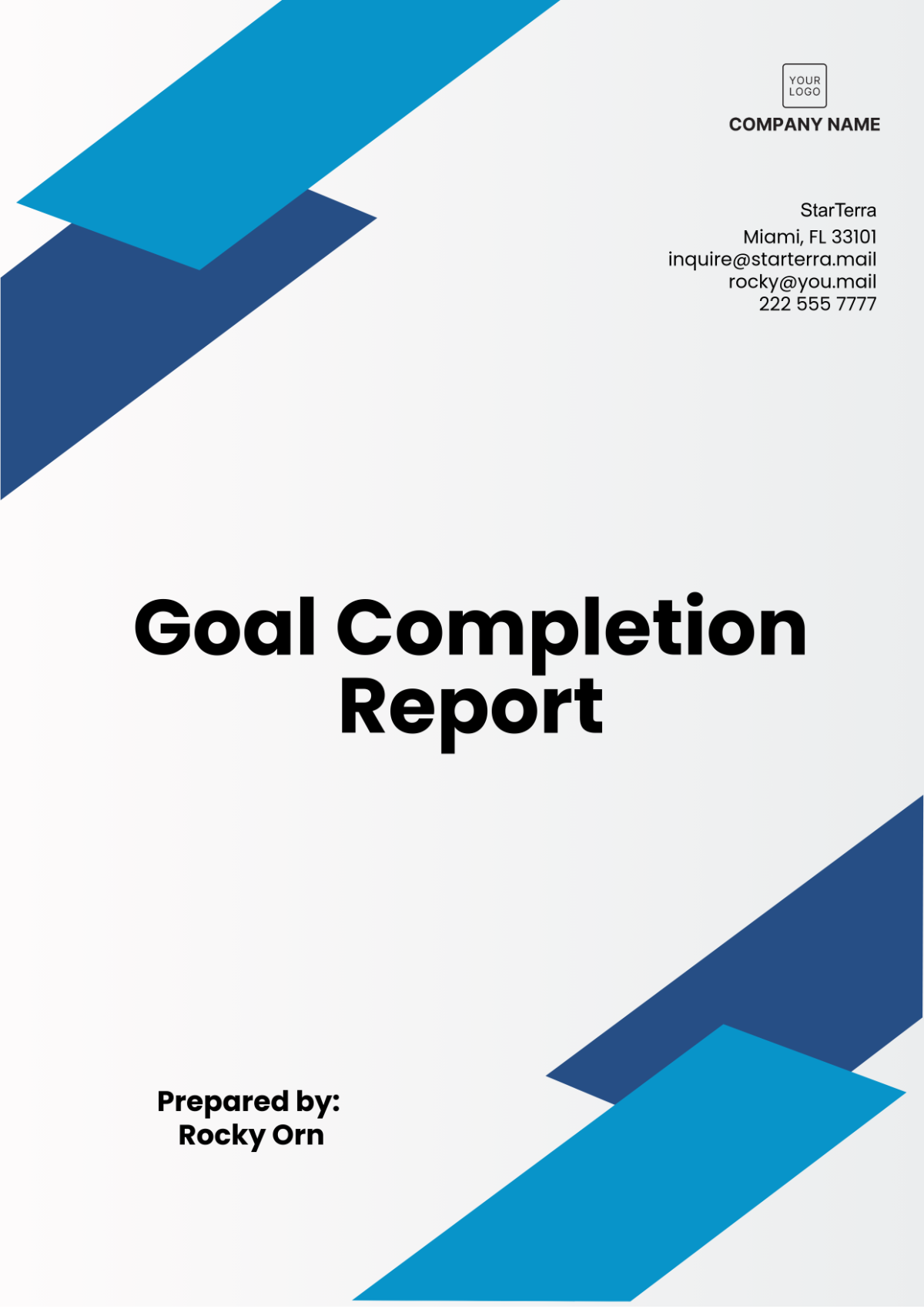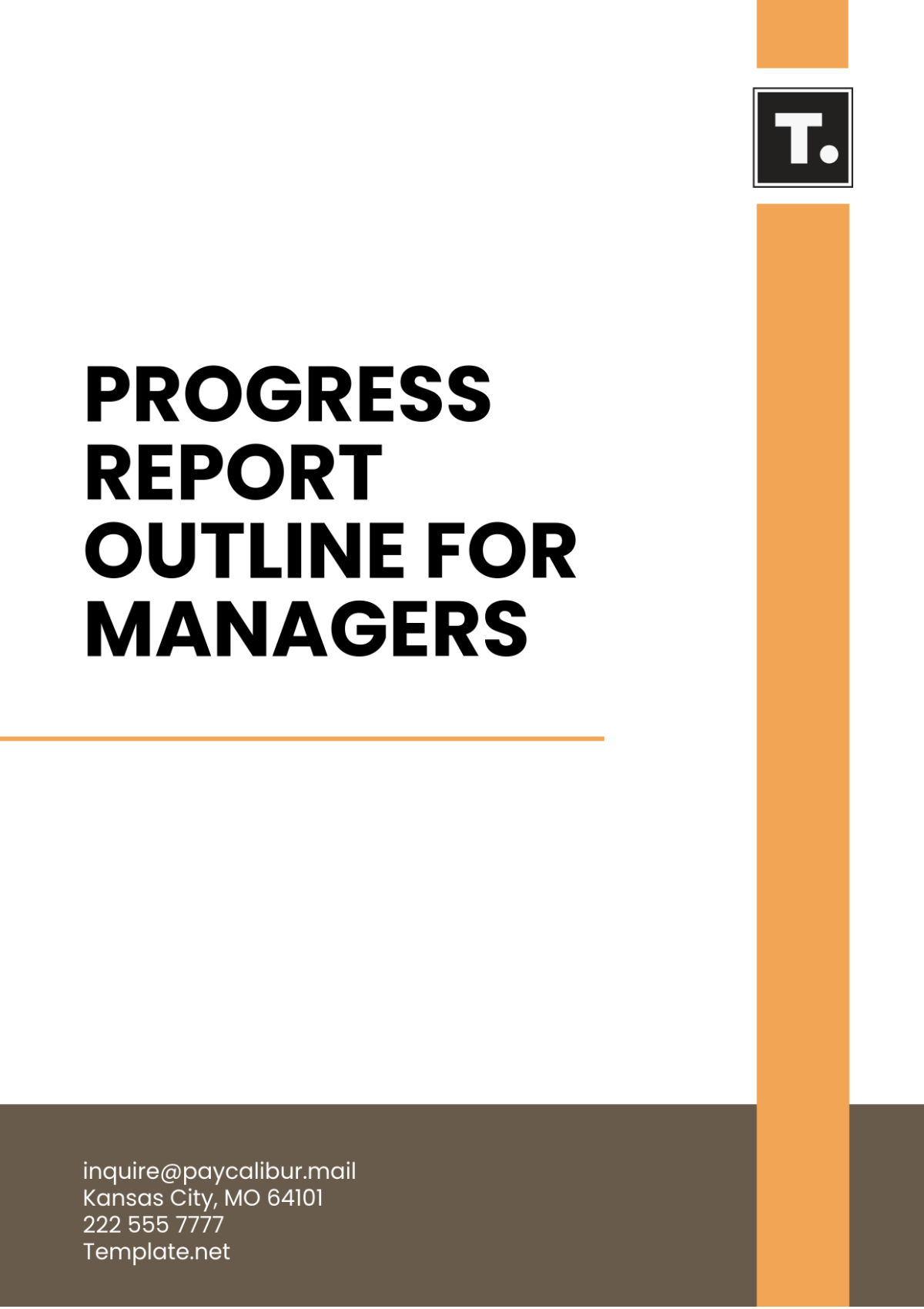Agriculture Progress Report
Executive Summary
This comprehensive Agriculture Progress Report is prepared by [Your Company Name] to provide a detailed overview of our progress over the past year, current operational status, achievements, challenges, and future plans. The report is intended to inform stakeholders, including investors, employees, and industry partners, about our progress, strategic initiatives, and commitment to sustainable agriculture.
1. Introduction
1.1 Company Background
[Your Company Name] was established in 2032 with the mission to produce high-quality agricultural products using sustainable farming practices. We are headquartered in [Location] and operate across 2,000 acres of fertile land. Our focus is on the cultivation of [specific crops] and the production of [related products]. We have consistently prioritized sustainability, innovation, and community engagement.
1.2 Report Objectives
This report aims to:
Provide an overview of the company’s progress over the past year.
Highlight key achievements and milestones.
Discuss challenges faced and solutions implemented.
Outline future plans and strategic initiatives.
2. Operational Overview
2.1 Production Performance
Over the past year, [Your Company Name] has made significant strides in improving our production performance. Key metrics and outcomes include:
Metric | 2049 | 2050 | % Change |
|---|---|---|---|
Total Crop Yield (tons) | 10,000 | 12,500 | +25% |
Average Crop Yield (tons/acre) | 5 | 6.25 | +25% |
Number of Harvest Cycles | 2 | 3 | +50% |
Production Efficiency (%) | 85 | 90 | +5% |
2.2 Infrastructure Developments
Significant investments were made in infrastructure to support increased production and efficiency. Key developments include:
New Storage Facilities: Two additional storage facilities were constructed, increasing our total storage capacity by 20%.
Irrigation Systems: Advanced irrigation systems were installed across 500 additional acres, improving water use efficiency and crop yields.
Machinery Upgrades: Acquisition of new tractors, harvesters, and automated seeders, enhancing operational efficiency and reducing labor costs.
2.3 Technological Advancements
To stay at the forefront of agricultural innovation, we have integrated several technological advancements into our operations:
Precision Farming: Implemented precision farming techniques, including GPS-guided equipment and soil moisture sensors, to optimize resource use and improve yields.
Data Analytics: Leveraged data analytics to monitor crop health, predict pest outbreaks, and make data-driven decisions.
Automation: Increased the use of automated machinery to reduce manual labor and improve operational efficiency.
3. Sustainability Initiatives
3.1 Environmental Impact
Sustainability remains a core value at [Your Company Name]. Our environmental impact initiatives over the past year include:
Carbon Footprint Reduction: Achieved a 10% reduction in our carbon footprint through the use of renewable energy sources and energy-efficient practices.
Water Conservation: Reduced water usage by 15% through advanced irrigation systems and water management practices.
Waste Management: Implemented comprehensive waste management programs, including recycling and composting, reducing waste sent to landfills by 20%.
3.2 Sustainable Farming Practices
Our commitment to sustainable farming practices is reflected in several key initiatives:
Organic Farming: Expanded our organic farming operations to 50% of our total cultivated land.
Integrated Pest Management (IPM): Adopted IPM practices to minimize chemical use and promote biological pest control.
Soil Health: Enhanced soil health through crop rotation, cover cropping, and the use of organic fertilizers.
3.3 Community Engagement
We have strengthened our community engagement efforts to support local development and promote sustainable agriculture:
Educational Programs: Conducted workshops and training sessions for local farmers on sustainable farming techniques.
Partnerships: Established partnerships with local schools and universities to promote agricultural education and research.
Corporate Social Responsibility (CSR): Engaged in various CSR activities, including tree planting drives, clean-up campaigns, and support for local healthcare initiatives.
4. Financial Performance
4.1 Revenue and Profitability
Our financial performance over the past year has shown significant growth, driven by increased production and efficiency. Key financial highlights include:
Metric | 2049 | 2050 | % Change |
|---|---|---|---|
Revenue ($) | 7,320,500 | 8,800,625 | +20% |
Net Profit ($) | 925,750 | 1,203,488 | +30% |
Profit Margin (%) | 12.6 | 13.7 | +1.1% |
4.2 Cost Management
We have implemented several cost management strategies to improve our profitability:
Operational Efficiency: Improved operational efficiency through technological advancements and machinery upgrades, resulting in cost savings.
Resource Optimization: Optimized the use of resources, including water, fertilizers, and energy, reducing overall costs.
Supply Chain Management: Enhanced supply chain management practices to minimize waste and reduce procurement costs.
4.3 Investment in Growth
Significant investments were made to support our growth initiatives:
Land Acquisition: Acquired 500 additional acres of land to expand our production capacity.
Research and Development (R&D): Invested in R&D to explore innovative farming techniques and improve crop yields.
Marketing and Sales: Increased investment in marketing and sales efforts to expand our market reach and attract new customers.
5. Research and Development
5.1 Innovation in Crop Production
Our R&D efforts have focused on innovation in crop production to enhance yields and sustainability:
New Crop Varieties: Developed and tested new crop varieties with higher yields and better resistance to pests and diseases.
Soil Health Research: Conducted research on soil health to identify best practices for maintaining soil fertility and structure.
Sustainable Practices: Explored sustainable farming practices, including organic farming, no-till farming, and agroforestry.
5.2 Technological Integration
Integrating technology into our R&D efforts has led to several advancements:
Precision Agriculture: Implemented precision agriculture techniques to optimize input use and improve crop performance.
Data Analytics: Used data analytics to monitor and predict crop health, weather patterns, and pest outbreaks.
Automation and Robotics: Explored the use of automation and robotics to reduce labor costs and improve efficiency.
5.3 Collaborative Projects
We have engaged in several collaborative projects with academic institutions and industry partners:
University Partnerships: Partnered with local universities to conduct research on sustainable farming practices and crop improvement.
Industry Collaborations: Collaborated with industry partners to develop and implement new technologies and best practices in agriculture.
6. Market Analysis
6.1 Industry Trends
The agricultural industry is evolving, with several key trends shaping its future:
Sustainability: Increasing demand for sustainable and organic products driven by consumer awareness and regulatory requirements.
Technological Advancements: Rapid adoption of technology in farming, including precision agriculture, AI, and IoT.
Globalization: Expansion of global trade and new market opportunities for agricultural products.
Climate Change: Impact of climate change on agriculture, leading to a focus on resilient farming practices and crop varieties.
6.2 Competitive Landscape
[Your Company Name] operates in a competitive agricultural market, characterized by the presence of several key players. Understanding our competitors and leveraging our unique advantages is crucial for maintaining our market position and achieving sustained growth.
Key Competitors
The following table provides an overview of our main competitors, including their strengths and market strategies:
Competitor | Strengths | Market Strategies |
|---|---|---|
[Competitor 1] | Large-scale operations, advanced technology | Focus on high-volume production, extensive R&D |
[Competitor 2] | Strong brand reputation, diverse product line | Emphasis on premium products, strong marketing |
[Competitor 3] | Cost-effective production, local market focus | Competitive pricing, local partnerships |
[Competitor 1]
[Competitor 1] is one of the largest players in the industry, known for their large-scale operations and significant investments in advanced technology. Their strengths include:
High Production Volume: Leveraging economies of scale to maintain a high production volume, which allows them to meet large orders and reduce unit costs.
Technological Integration: Use of cutting-edge technologies, including precision agriculture and automation, to enhance efficiency and productivity.
Extensive R&D: Continuous investment in research and development to innovate and improve crop yields and farming practices.
Despite their strengths, [Competitor 1] faces challenges related to maintaining sustainable practices due to the scale of their operations, which provides an opportunity for us to differentiate ourselves.
[Competitor 2]
[Competitor 2] is renowned for its strong brand reputation and diverse product line. Their competitive strengths include:
Premium Product Offerings: Focus on high-quality, premium products that cater to health-conscious and organic markets.
Brand Loyalty: A well-established brand that enjoys strong customer loyalty and recognition.
Marketing Prowess: Effective marketing strategies that emphasize their commitment to quality and innovation.
However, their premium pricing strategy may limit their market reach, providing an opening for more competitively priced alternatives that do not compromise on quality.
[Competitor 3]
[Competitor 3] is known for its cost-effective production methods and strong focus on the local market. Their competitive strengths include:
Competitive Pricing: Ability to offer lower prices due to cost-effective production processes, appealing to price-sensitive customers.
Local Market Focus: Strong partnerships and presence in the local market, ensuring customer loyalty and trust.
Efficient Operations: Streamlined operations that minimize costs and maximize efficiency.
While their local focus strengthens their position in certain markets, it also limits their ability to expand nationally and internationally, creating opportunities for us to capture a broader market share.
Our Competitive Advantages
In this competitive landscape, [Your Company Name] leverages several key advantages to differentiate ourselves and capture market share:
Sustainable Practices
Our strong commitment to sustainable farming practices sets us apart. We prioritize environmentally friendly methods, such as organic farming, integrated pest management, and efficient water use. These practices not only reduce our environmental footprint but also appeal to the growing segment of environmentally conscious consumers.
Innovation
Continuous investment in research and development is at the heart of our strategy. We focus on developing new crop varieties, enhancing soil health, and implementing advanced technologies such as precision farming and data analytics. This innovation drives productivity and ensures that we remain at the forefront of agricultural advancements.
Quality
Quality is a cornerstone of our brand. We produce high-quality products with a focus on organic and non-GMO options. Our rigorous quality control processes ensure that our products meet the highest standards, fostering trust and loyalty among our customers.
Customer Relationships
Building and maintaining strong relationships with our customers and suppliers is crucial. We emphasize open communication, reliability, and responsiveness, which enhances customer satisfaction and strengthens our supply chain. These relationships are built on trust and mutual benefit, creating a loyal customer base and stable supplier network.
Strategic Positioning
Our strategic positioning in the market involves leveraging these competitive advantages to achieve sustainable growth. Key components of our strategy include:
Market Differentiation: Highlighting our commitment to sustainability, innovation, and quality in our marketing and branding efforts to differentiate ourselves from competitors.
Customer Focus: Continually engaging with our customers to understand their needs and preferences, allowing us to tailor our products and services accordingly.
Operational Excellence: Ensuring that our operations are efficient, cost-effective, and aligned with best practices in sustainable agriculture.
Expansion and Diversification: Exploring new markets and diversifying our product offerings to mitigate risks and capture new opportunities.
By focusing on these strategic areas, [Your Company Name] aims to strengthen our competitive position, enhance our market presence, and drive long-term success in the agricultural industry.
6.3 Market Opportunities
We have identified several market opportunities to drive future growth:
Expansion into New Markets: Exploring new geographic markets to expand our customer base.
Product Diversification: Developing new products and value-added products to meet changing consumer preferences.
Direct-to-Consumer Sales: Increasing direct-to-consumer sales through online platforms and farmers' markets.
7. Challenges and Solutions
7.1 Operational Challenges
We have faced several operational challenges over the past year, including:
Climate Variability: Unpredictable weather patterns affecting crop yields.
Pest and Disease Outbreaks: Increased incidence of pests and diseases impacting crop health.
Labor Shortages: Difficulty in finding skilled labor for farming operations.
7.2 Solutions Implemented
To address these challenges, we have implemented several solutions:
Climate Resilience: Developed and implemented climate-resilient farming practices, including crop rotation and diversified planting.
Integrated Pest Management (IPM): Adopted IPM practices to manage pests and diseases effectively.
Labor Optimization: Increased use of automation and technology to reduce dependency on manual labor.
7.3 Future Challenges
Looking ahead, we anticipate facing several challenges, including:
Regulatory Changes: Potential changes in agricultural regulations affecting our operations.
Market Competition: Increasing competition from both local and international producers.
Sustainability Pressure: Growing pressure to adopt more sustainable and eco-friendly practices.
8. Future Plans
8.1 Strategic Initiatives
To achieve our long-term goals, we have outlined several strategic initiatives:
Geographic Expansion: Expanding our operations to new regions and countries to increase market reach.
Product Diversification: Developing new products and diversifying our product portfolio to meet changing market demands.
Partnerships and Acquisitions: Forming strategic partnerships and pursuing acquisitions to enhance our capabilities and market position.
8.2 Innovation and Technology
Innovation and technology are critical to our future growth. Our innovation and technology strategies include:
Research and Development: Continuing to invest in R&D to develop new farming techniques and products.
Digital Transformation: Implementing digital technologies to improve efficiency and productivity.
Sustainability Technologies: Exploring new technologies that support sustainable farming practices.
8.3 Financial Management
Effective financial management is essential for our growth. Our financial management strategies include:
Cost Management: Implementing cost-saving measures to improve profitability.
Revenue Growth: Focusing on revenue growth through market expansion and product diversification.
Investment in Assets: Investing in high-quality assets that support our operational and strategic goals.
9. Conclusion
[Your Company Name] has made significant progress over the past year in improving production, enhancing sustainability, and driving financial performance. Our commitment to innovation, sustainability, and community engagement has positioned us for continued growth and success. This comprehensive progress report highlights our achievements, challenges, and future plans, demonstrating our dedication to maintaining our position as a leader in the agricultural industry.
We are confident in our ability to deliver value to our stakeholders and contribute positively to the agricultural sector and the broader community. For further information or inquiries, please contact:
[Your Name]
[Your Position]
[Your Company Name]
[Your Company Email]
[Your Company Address]
[Your Company Number]
[Your Company Website]
[Your Company Social Media]

